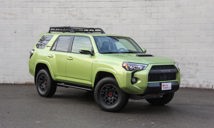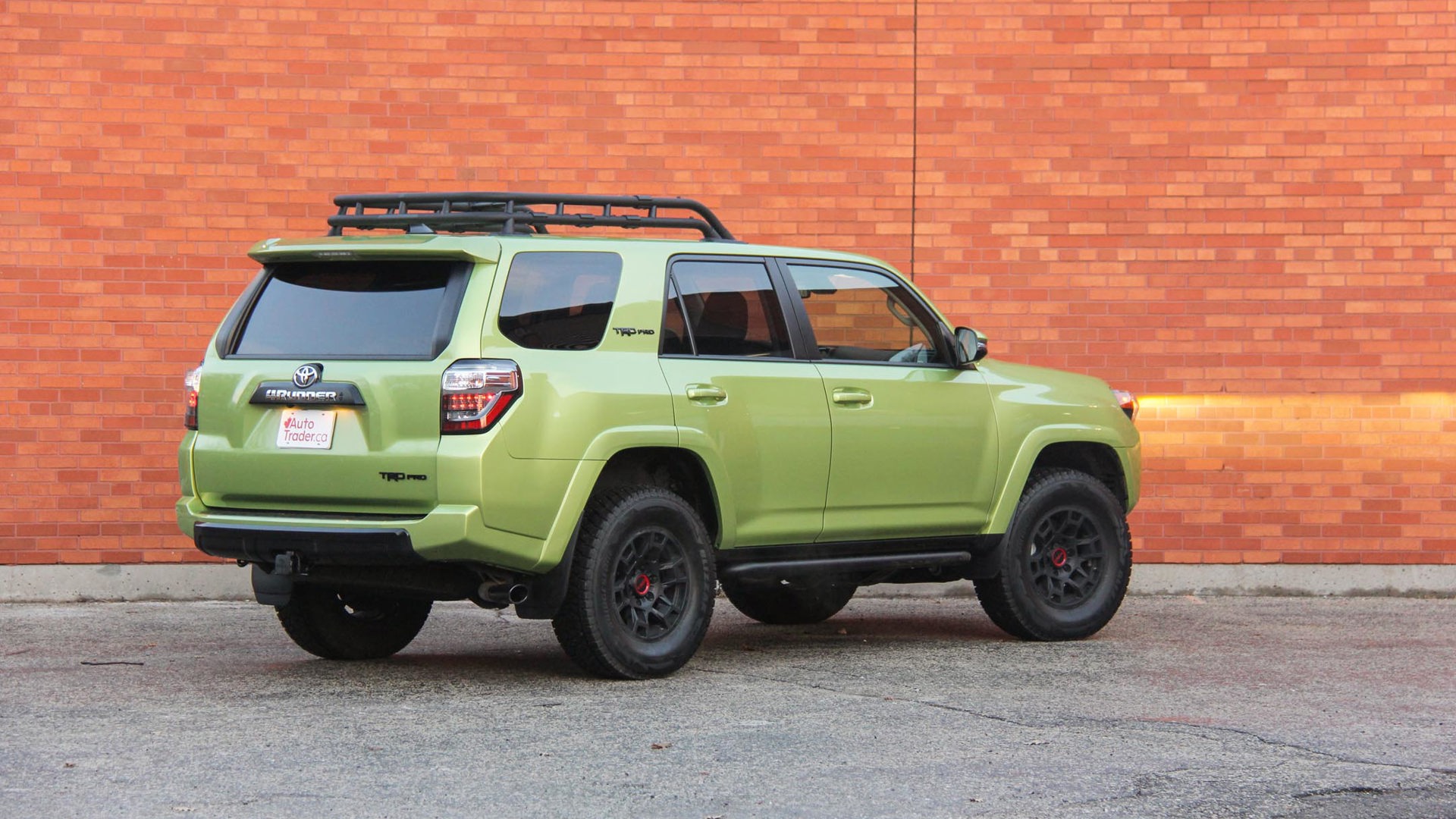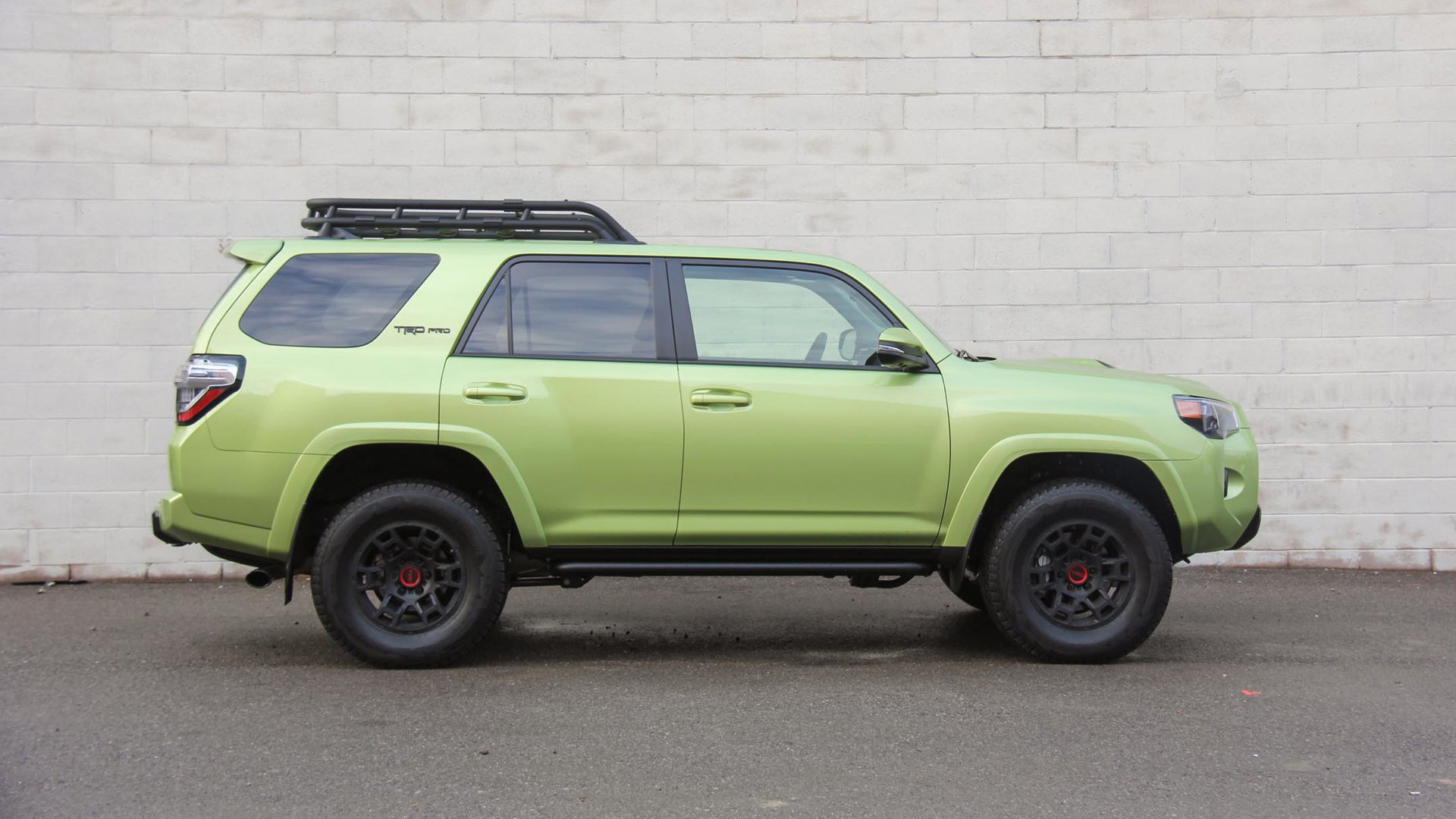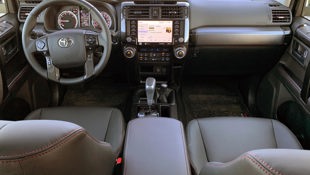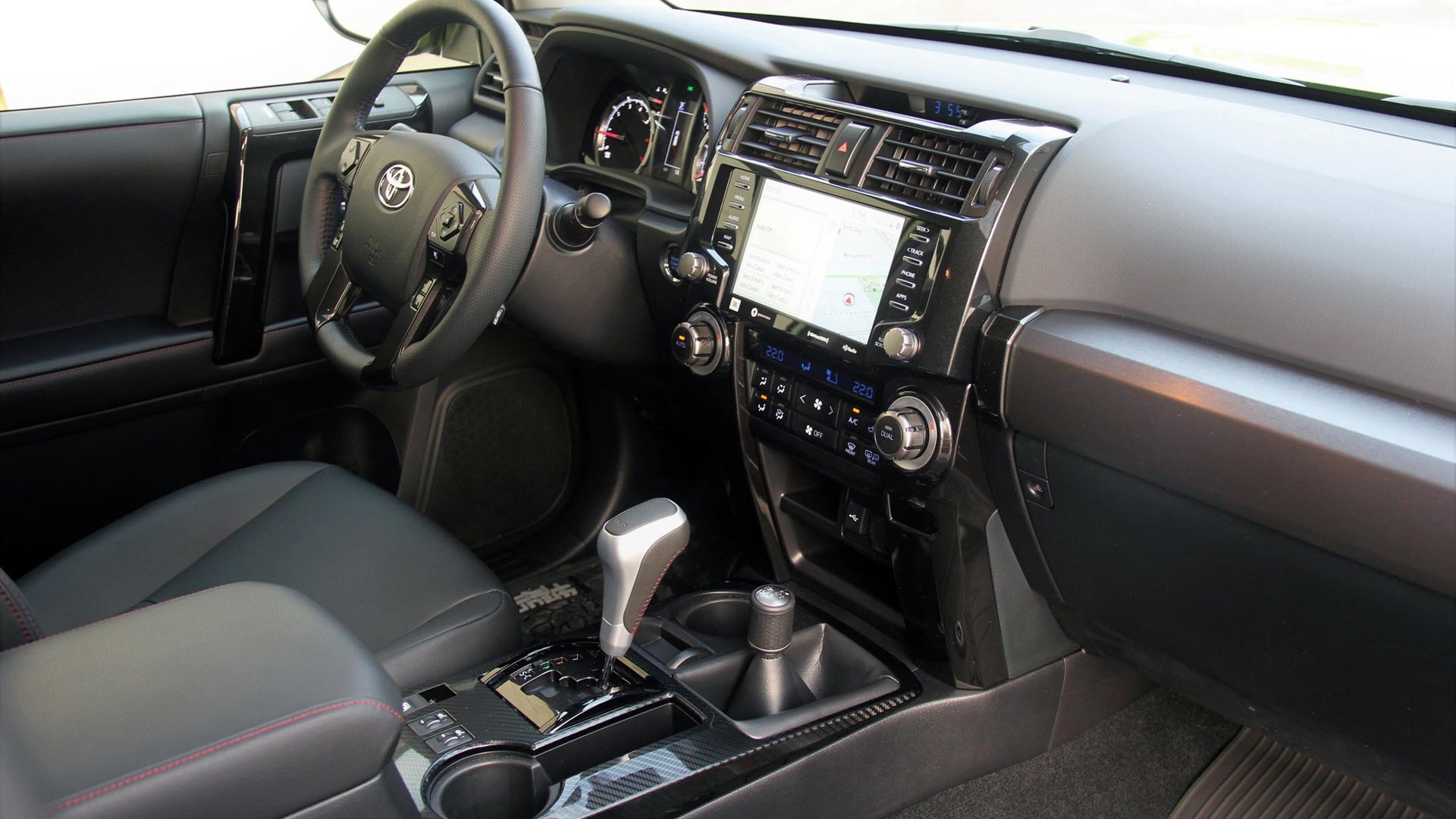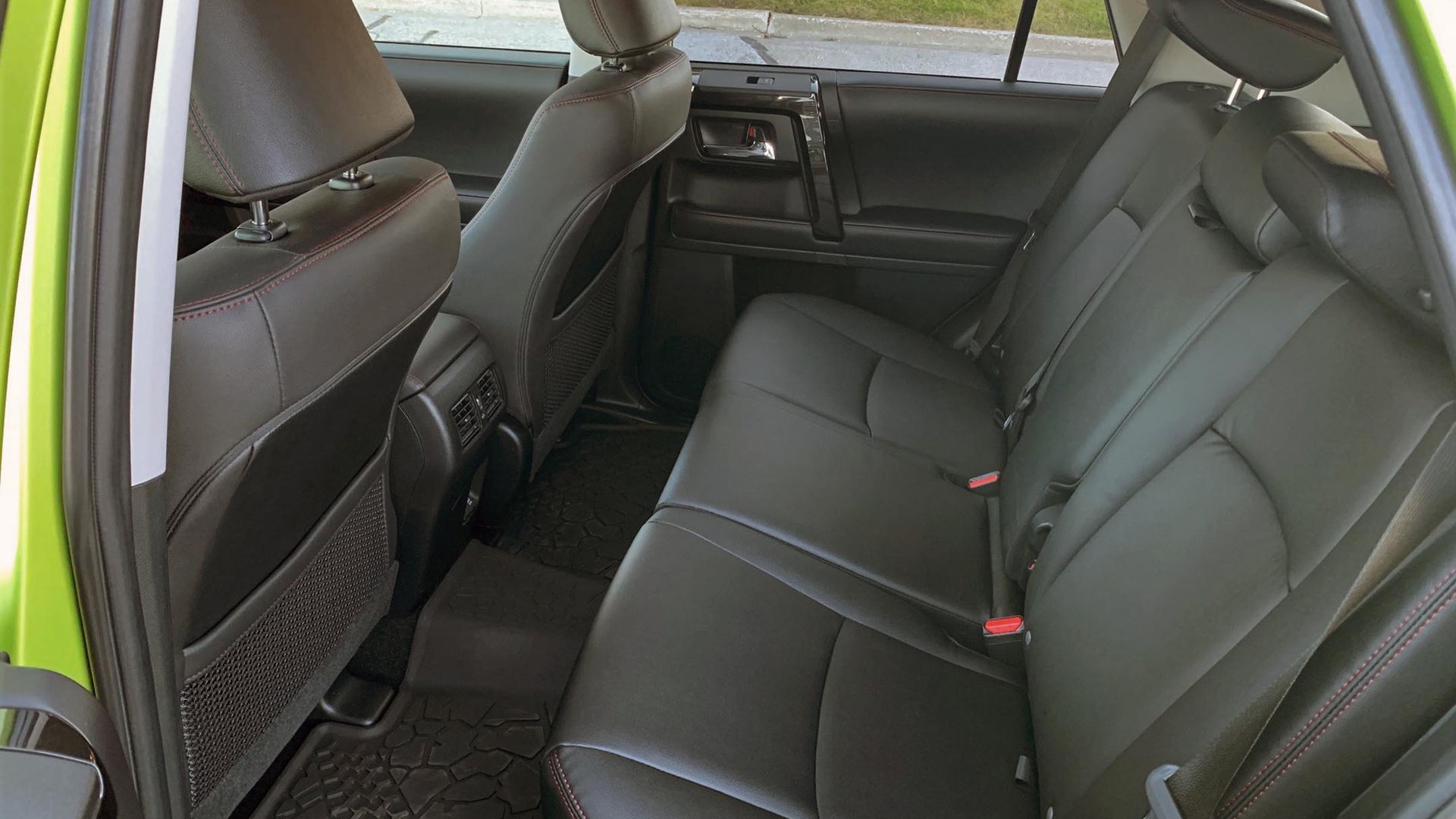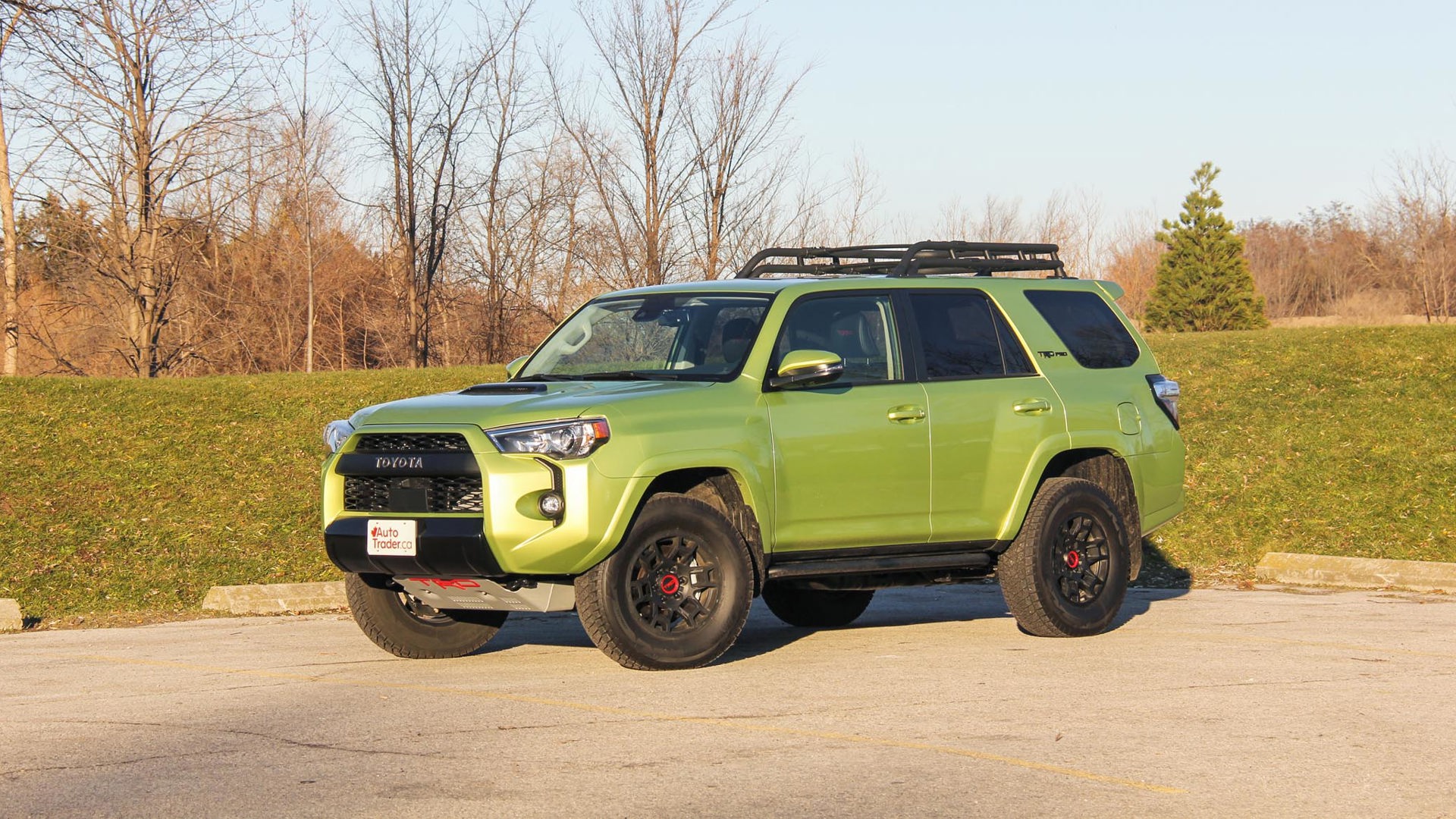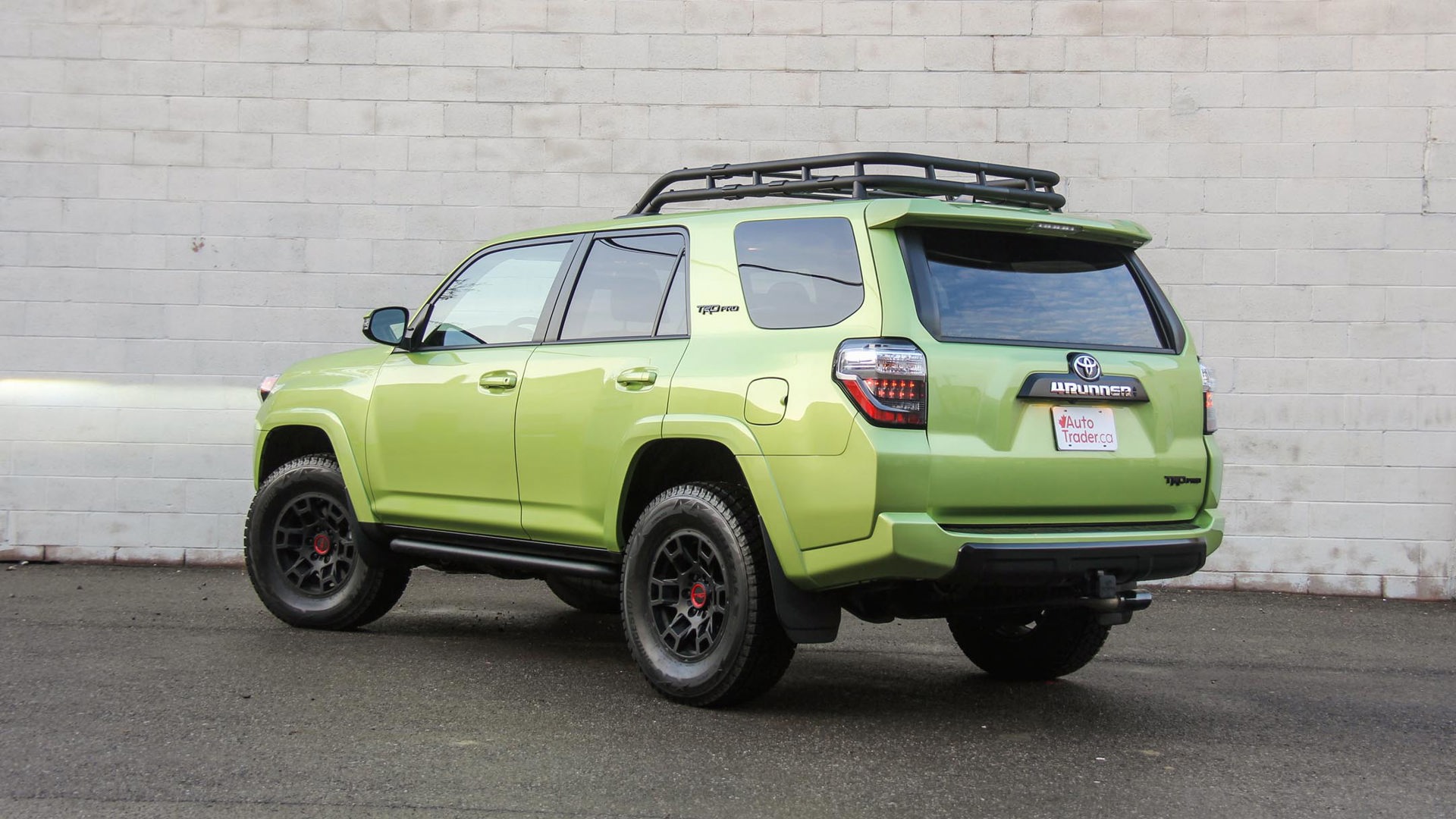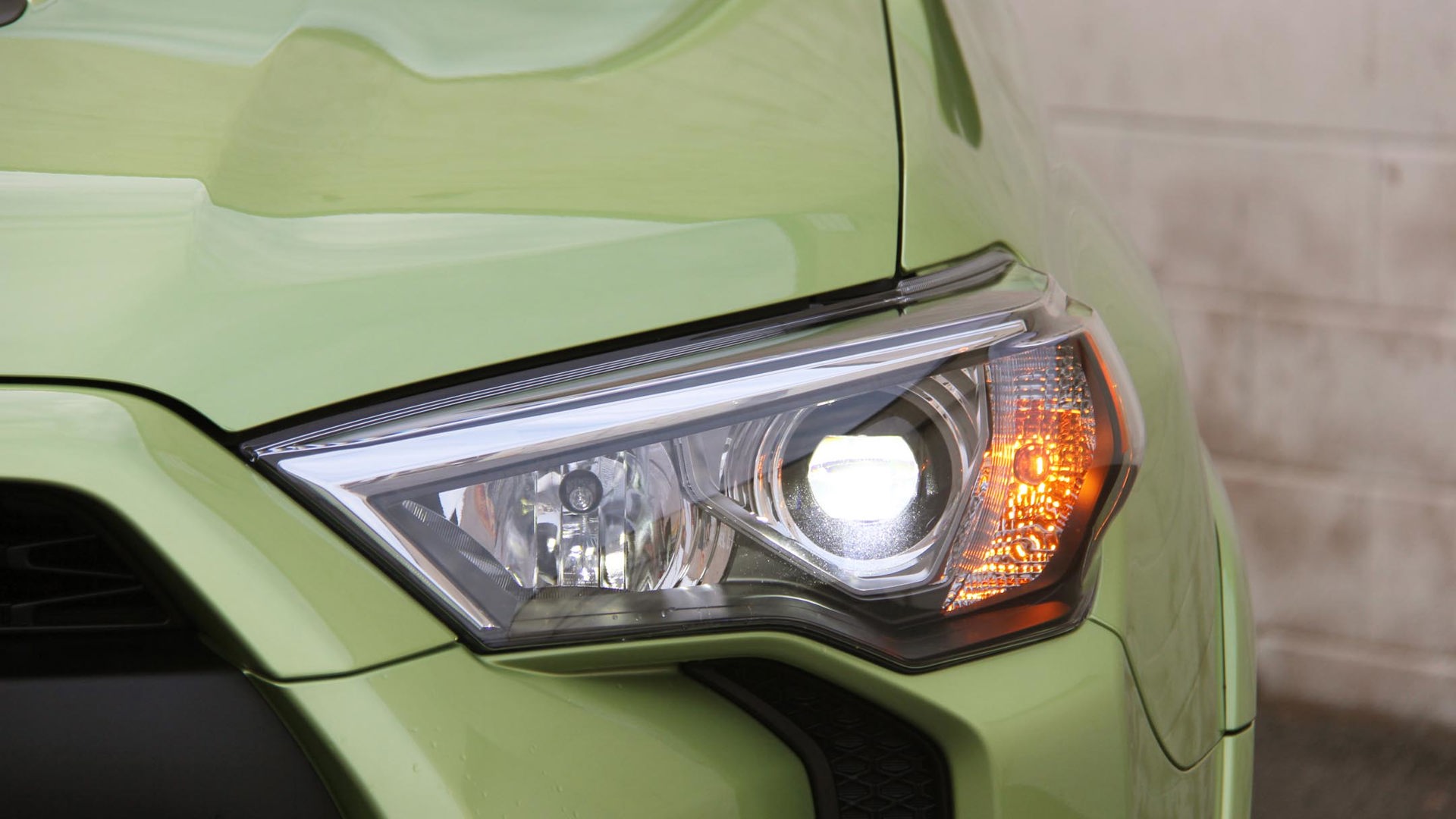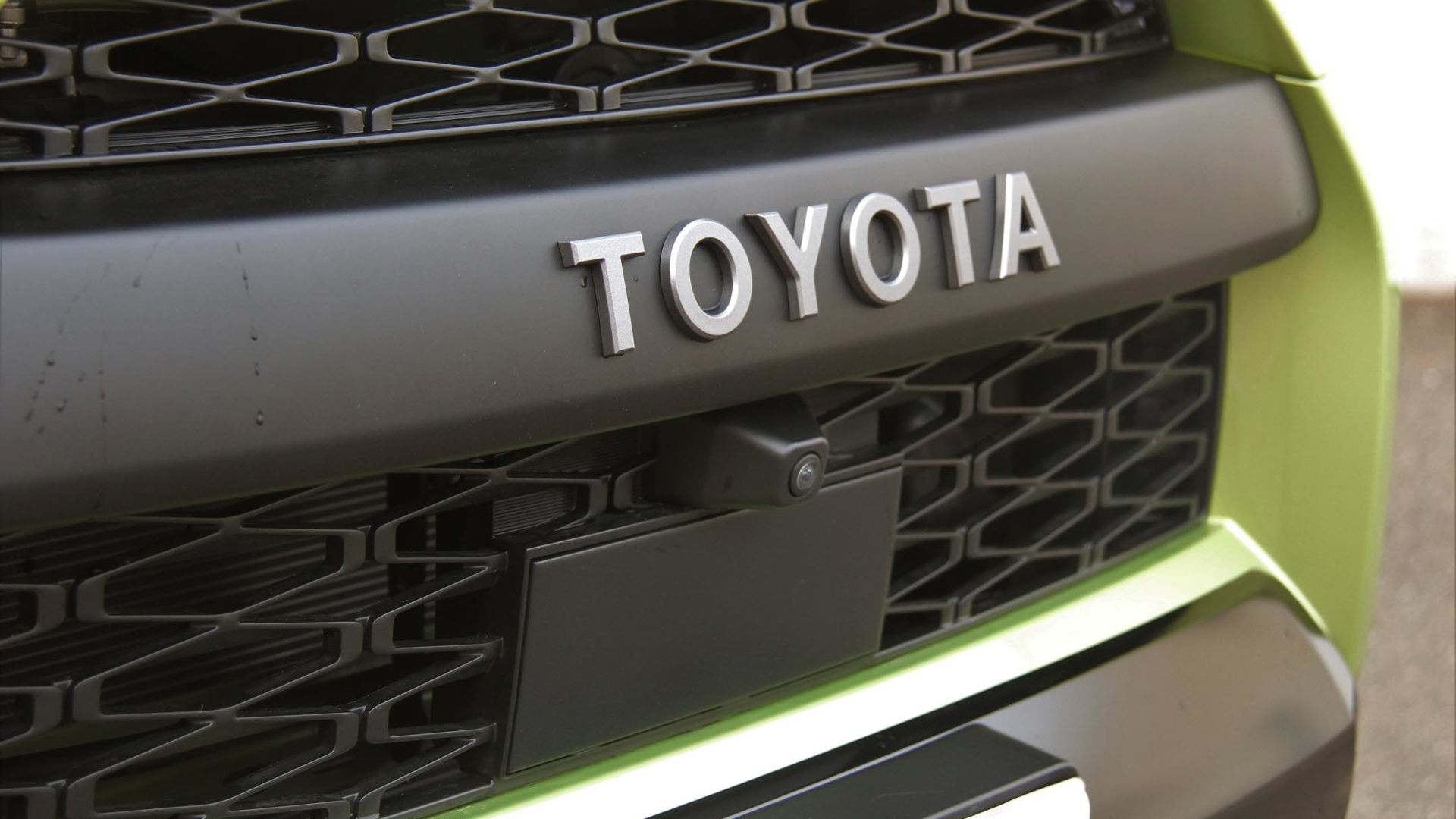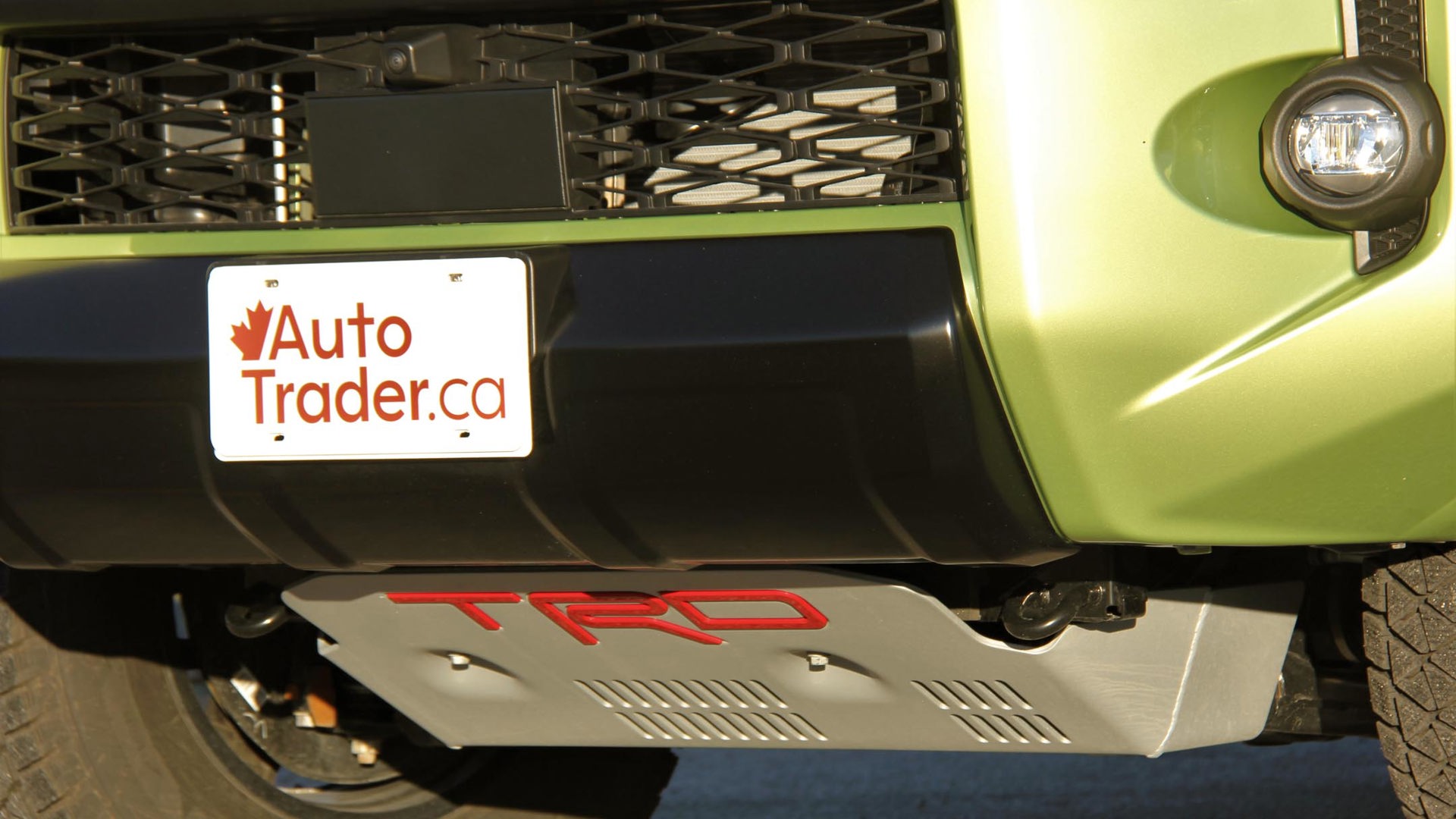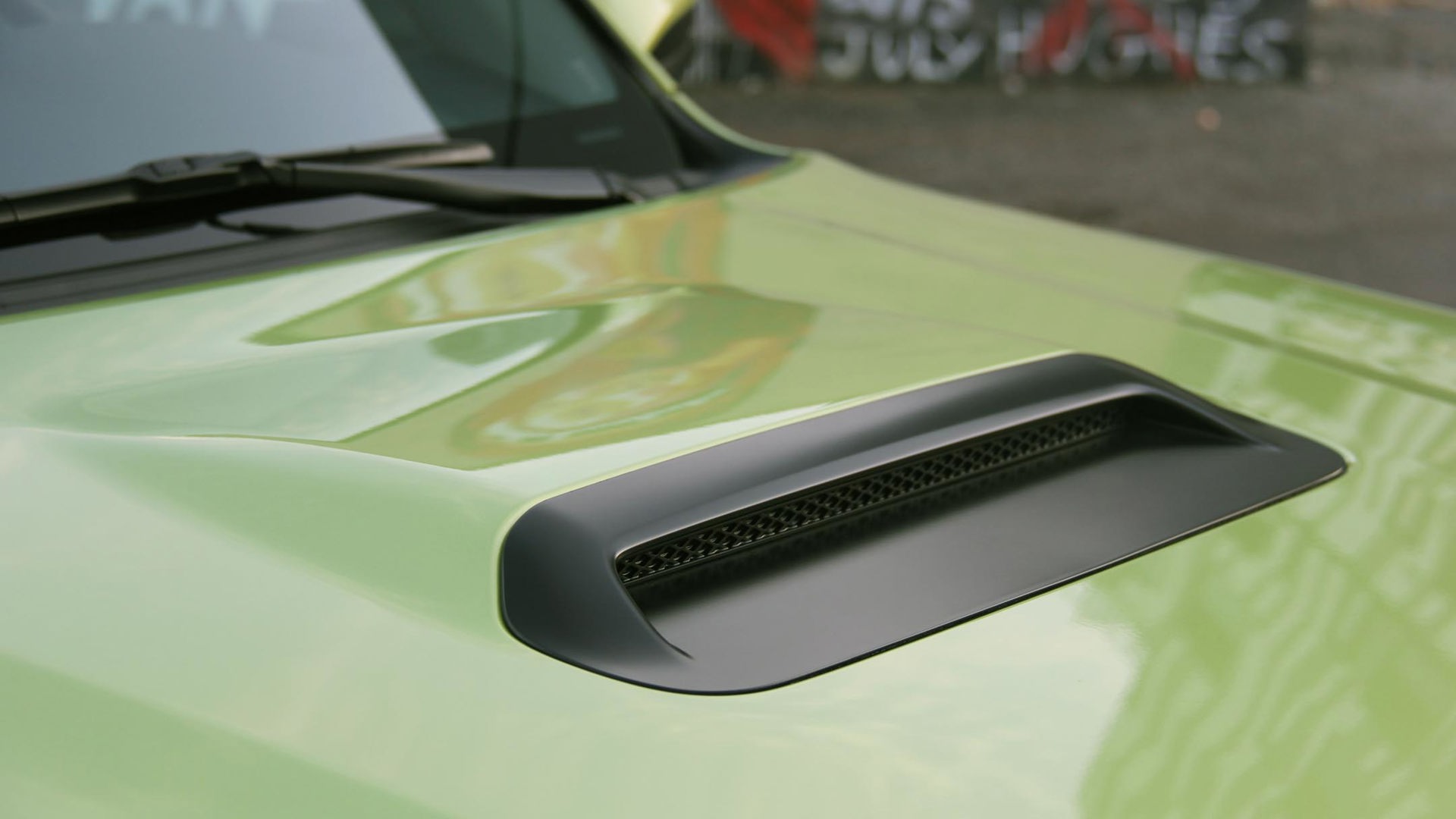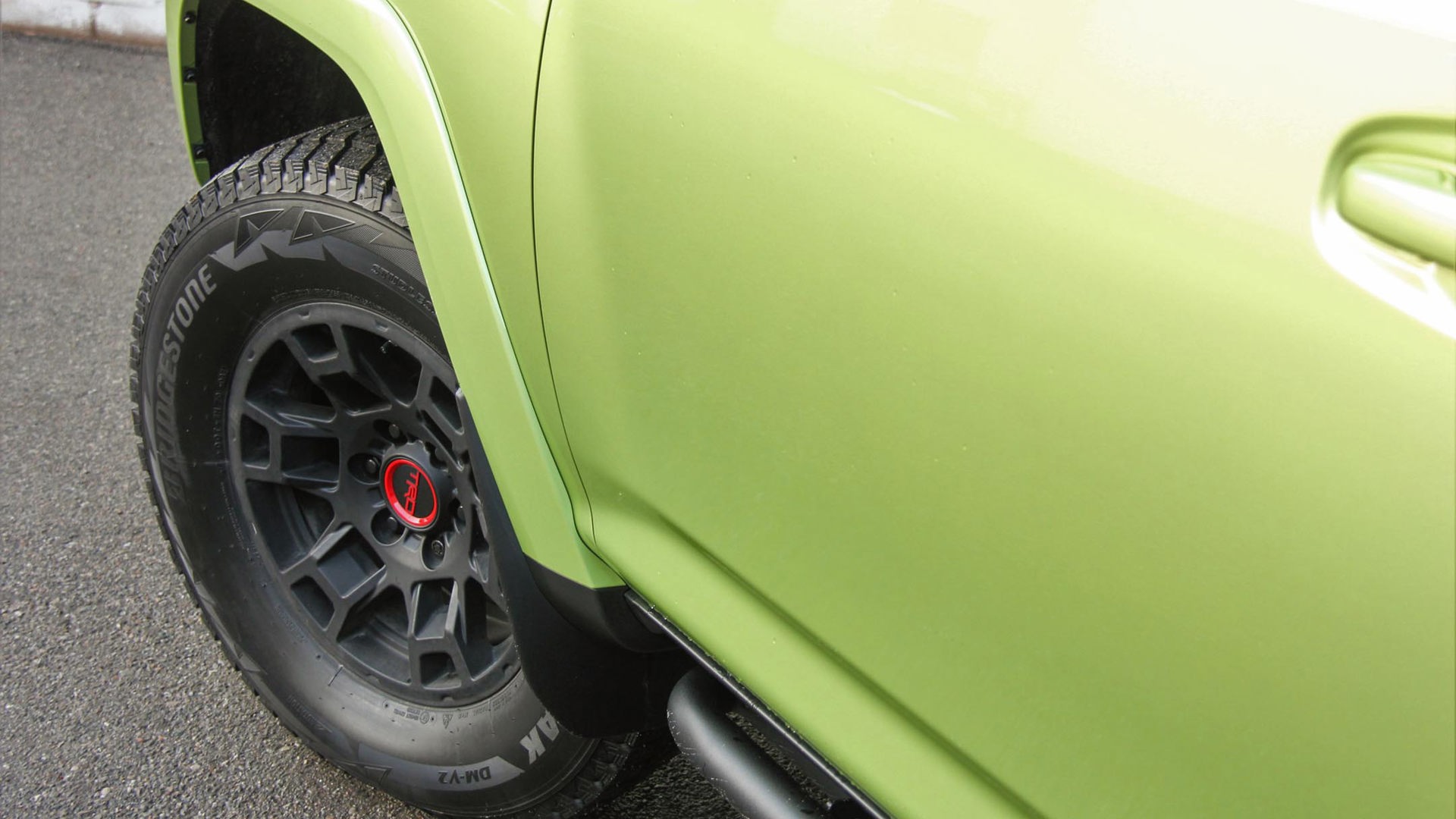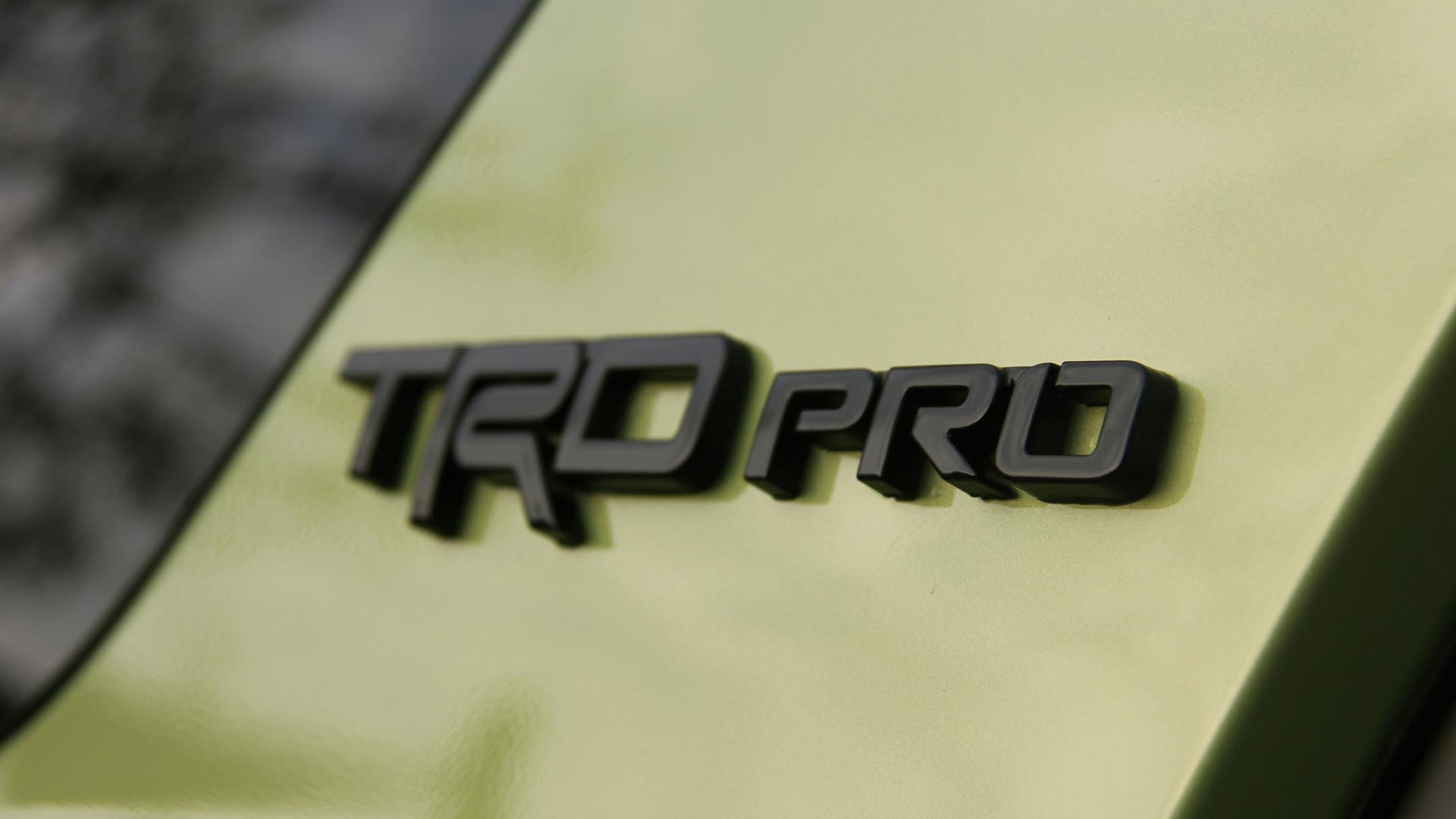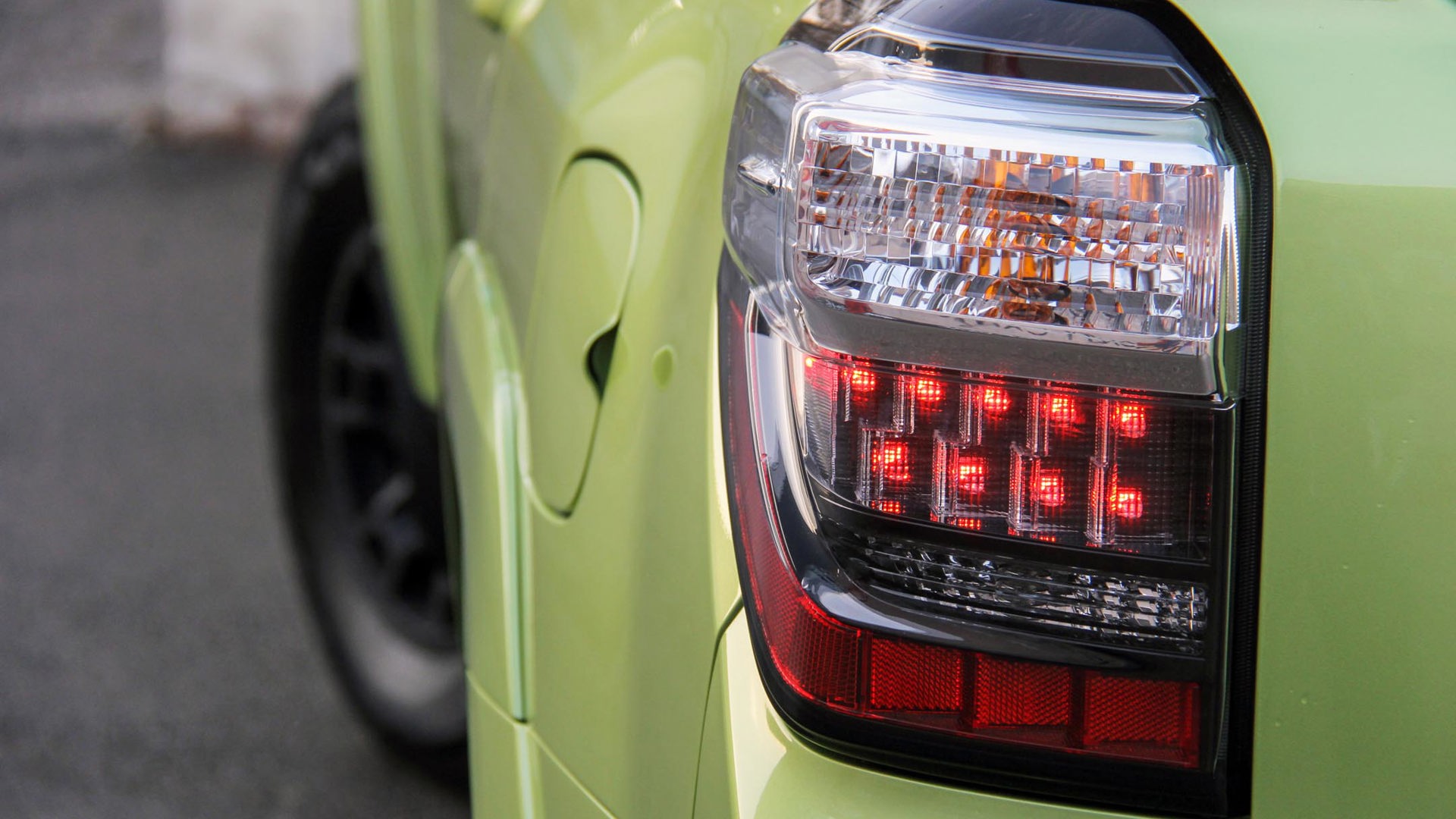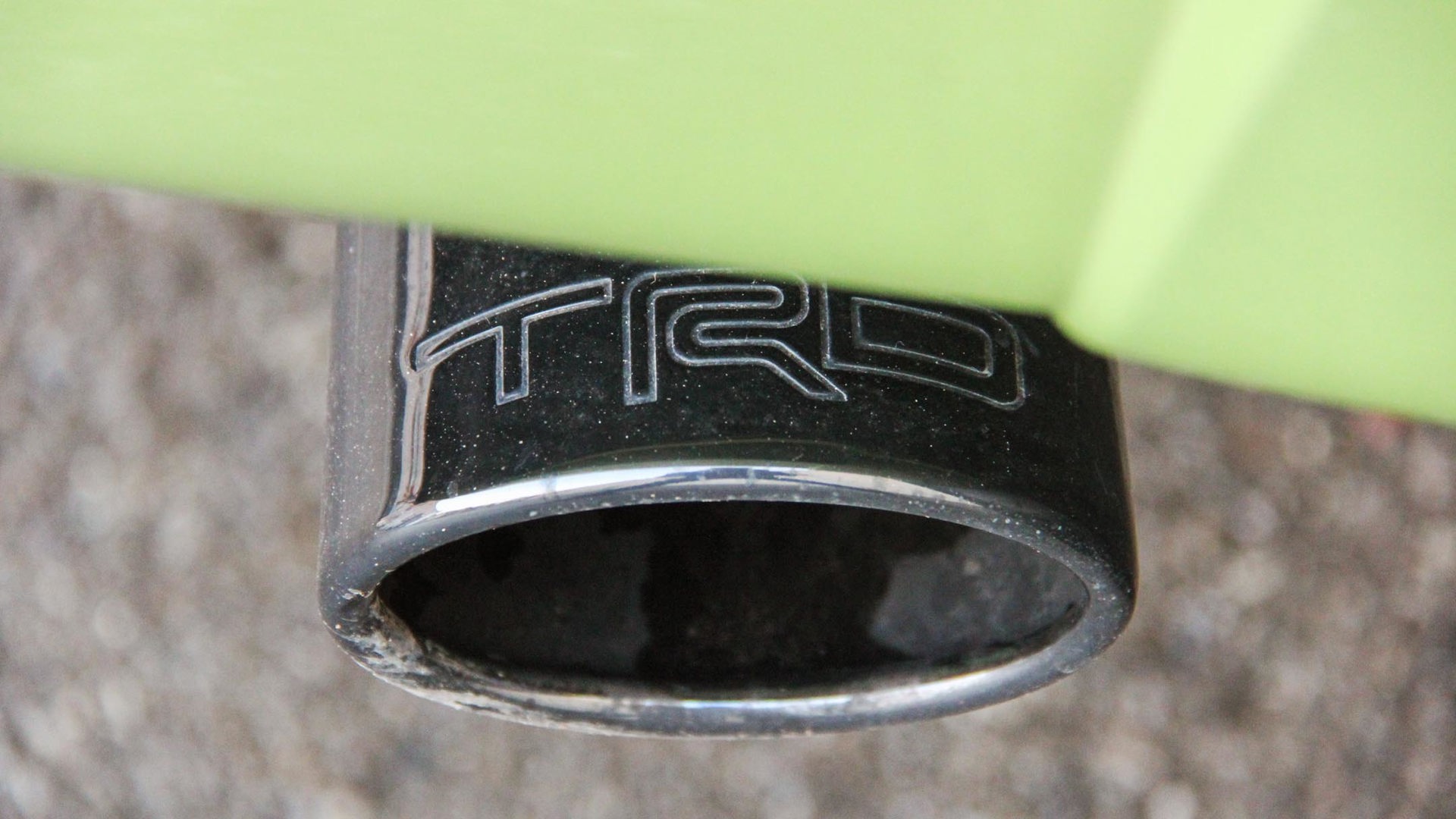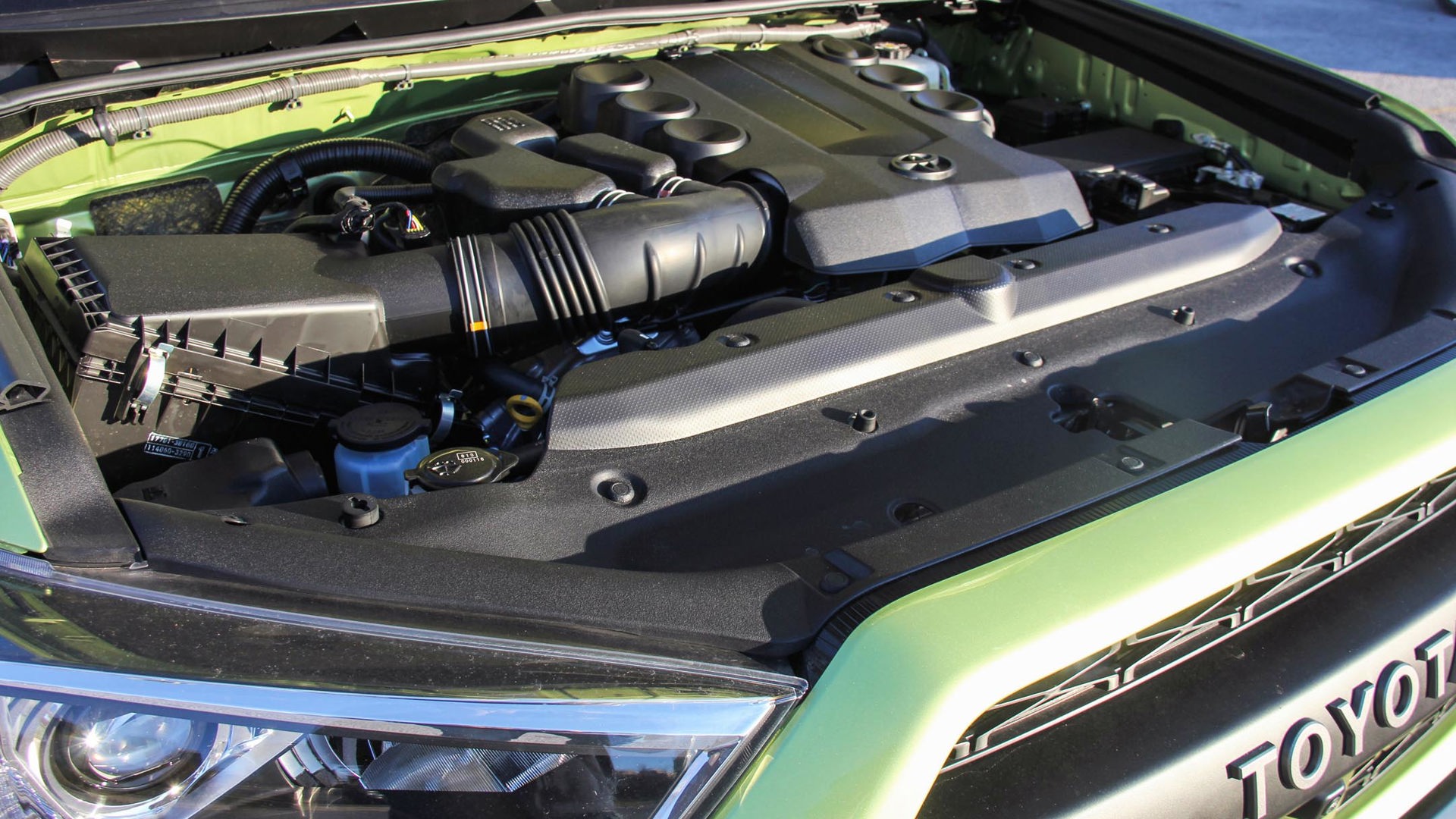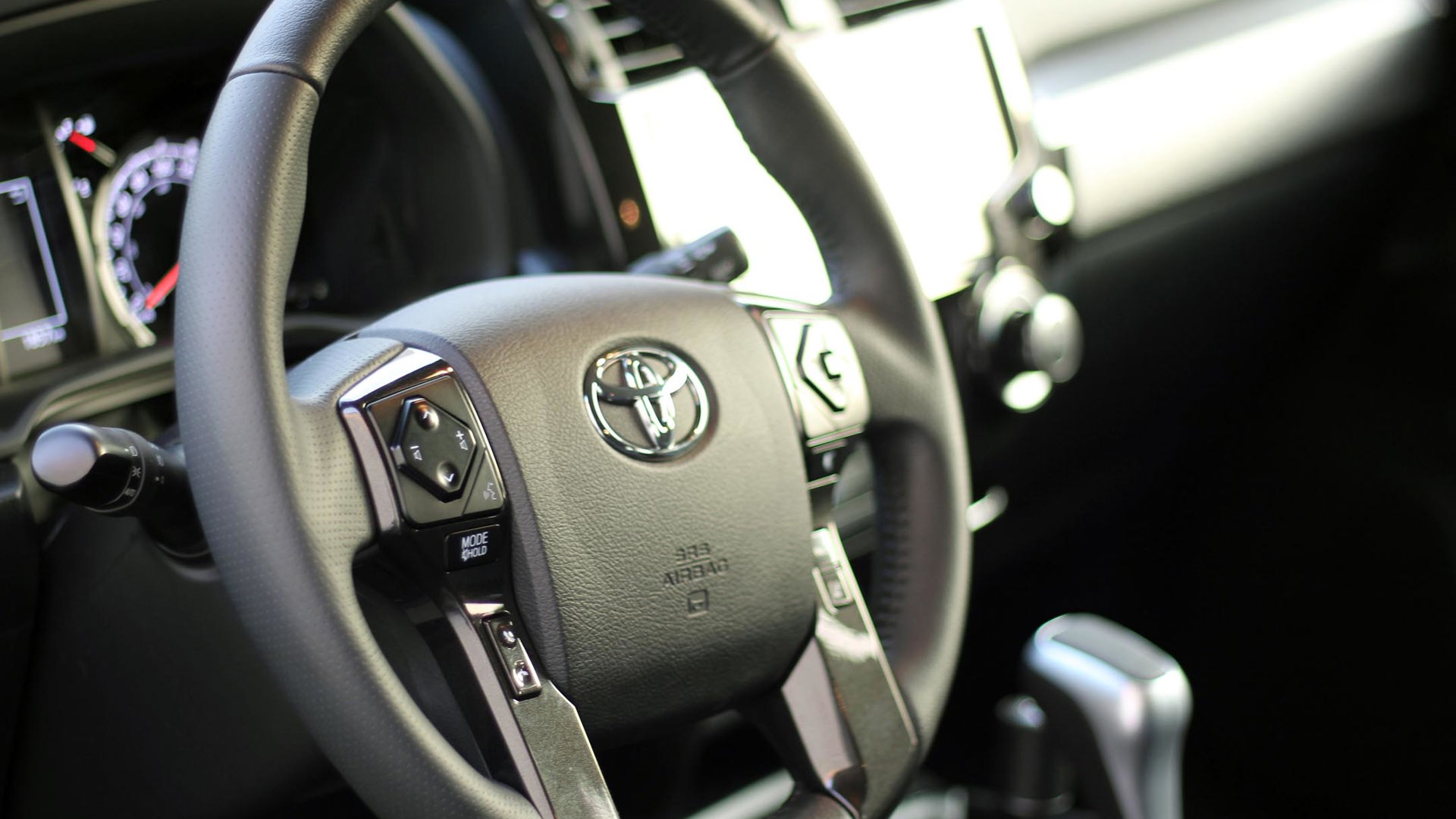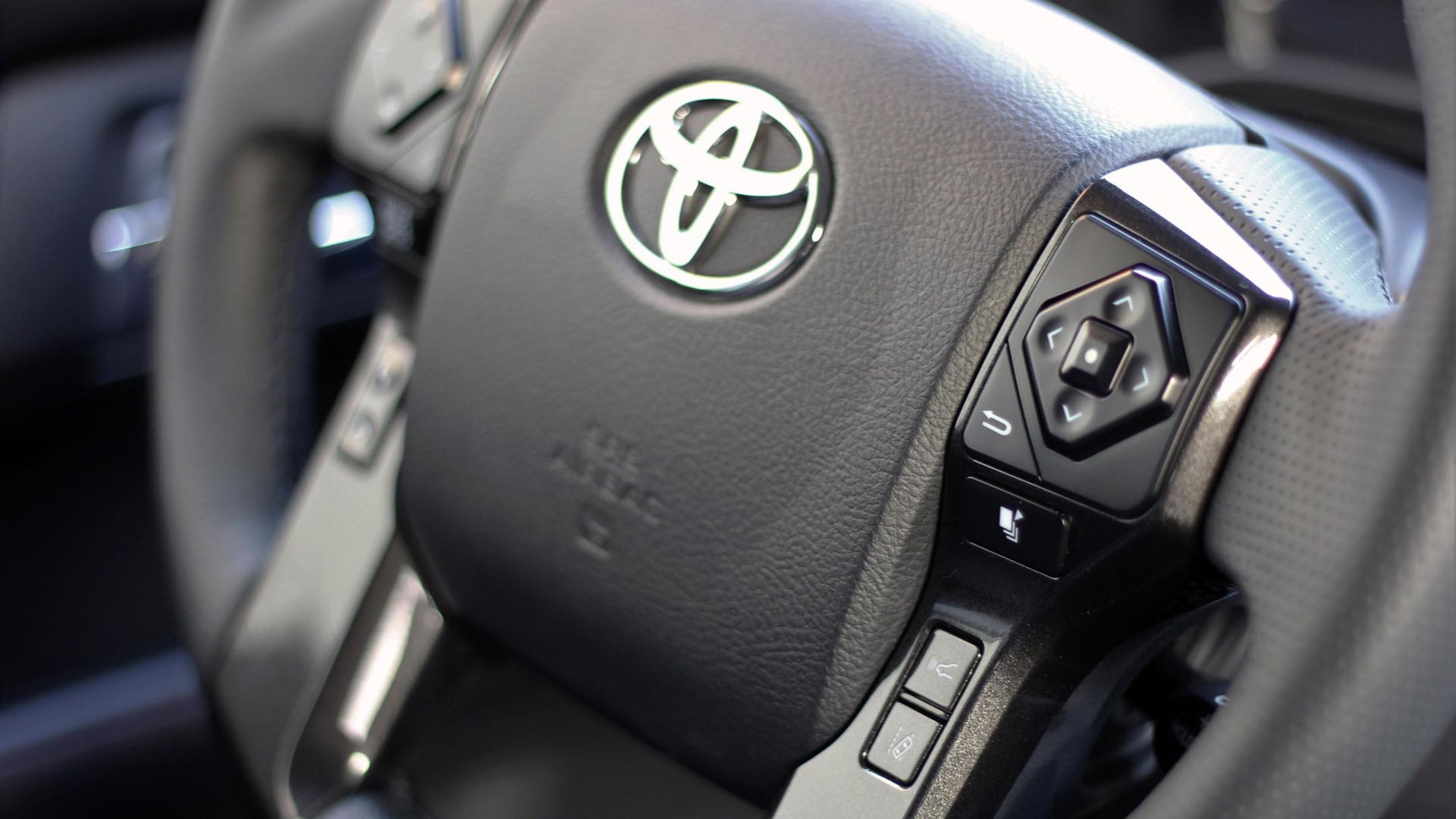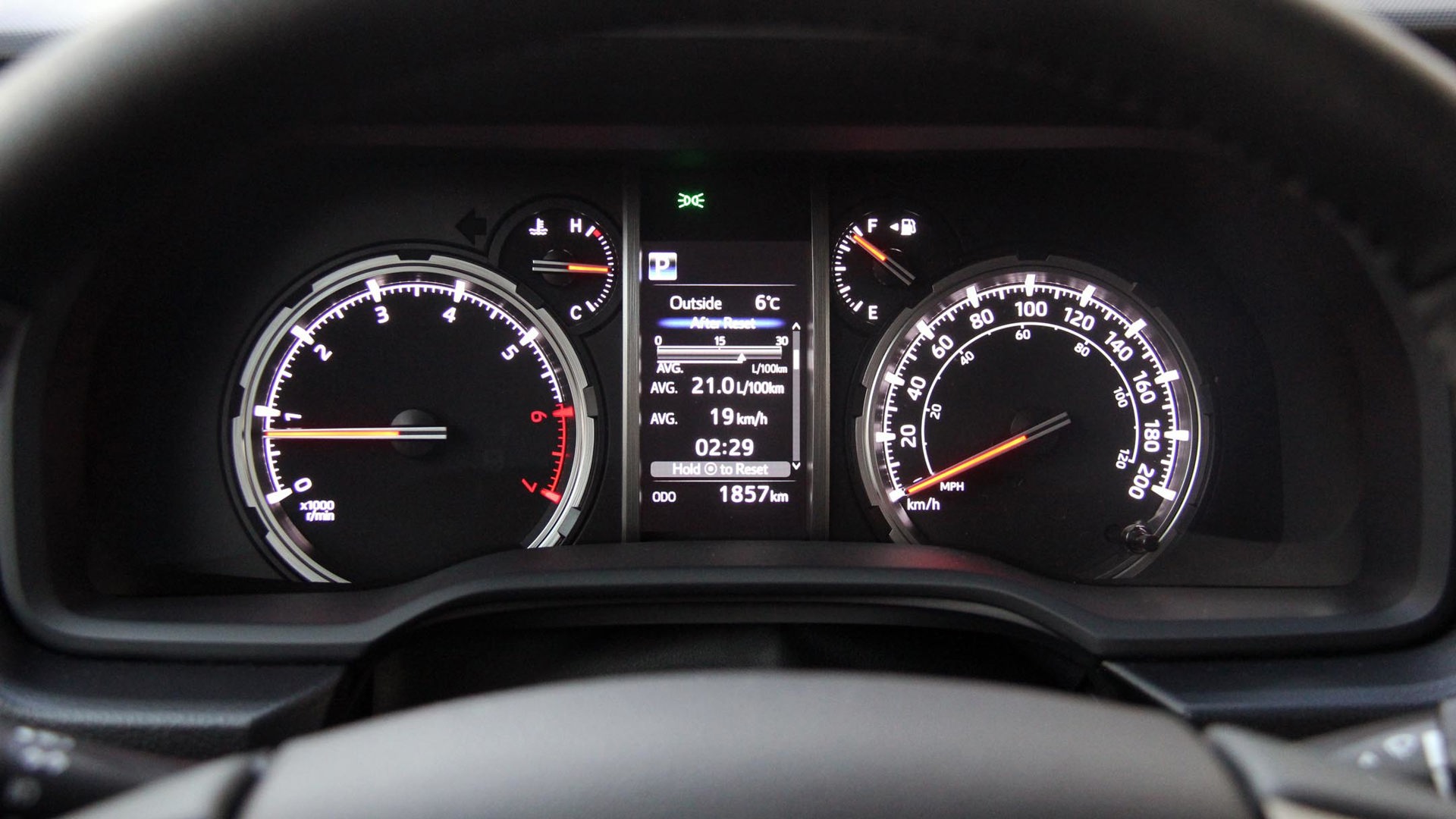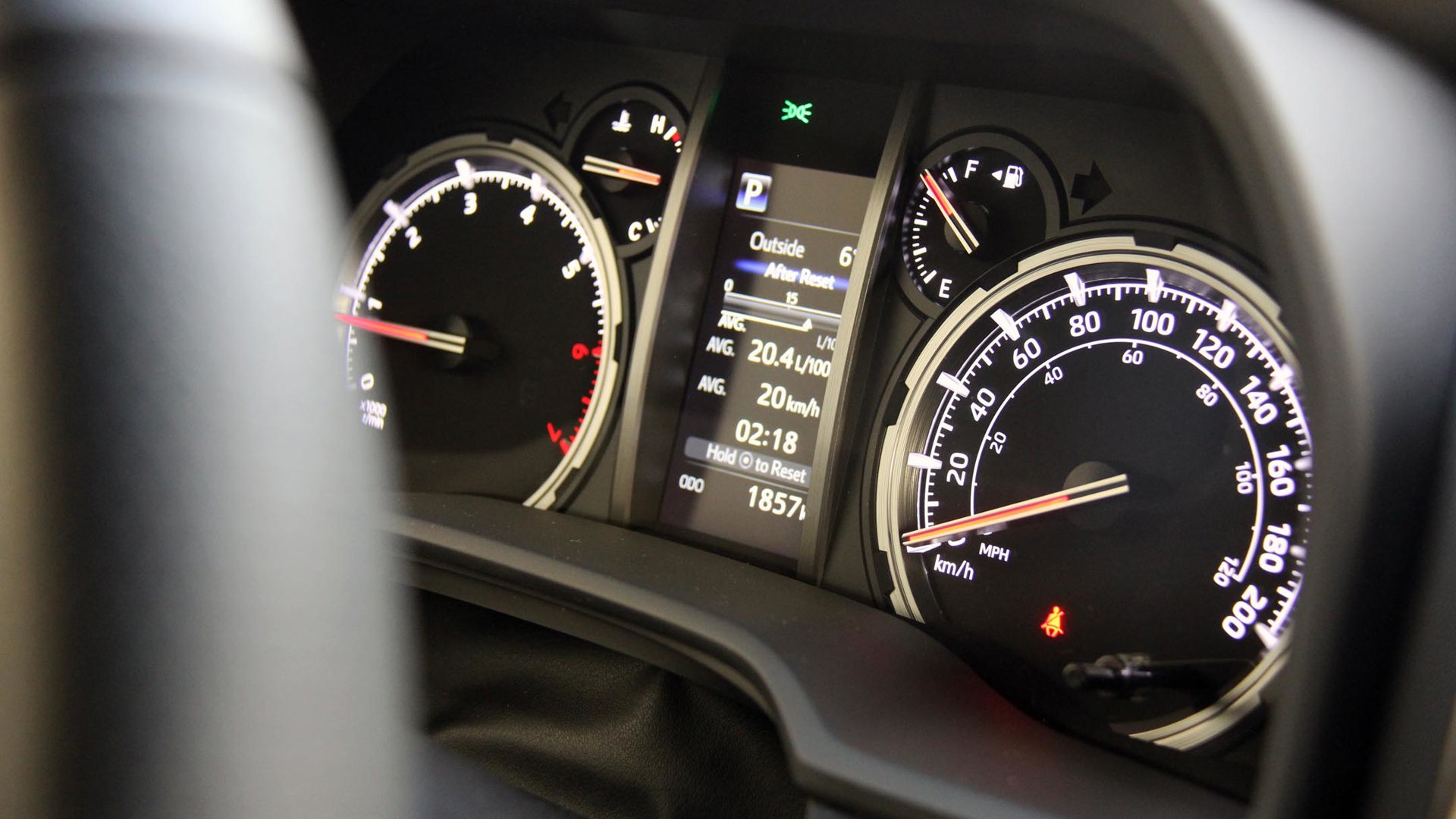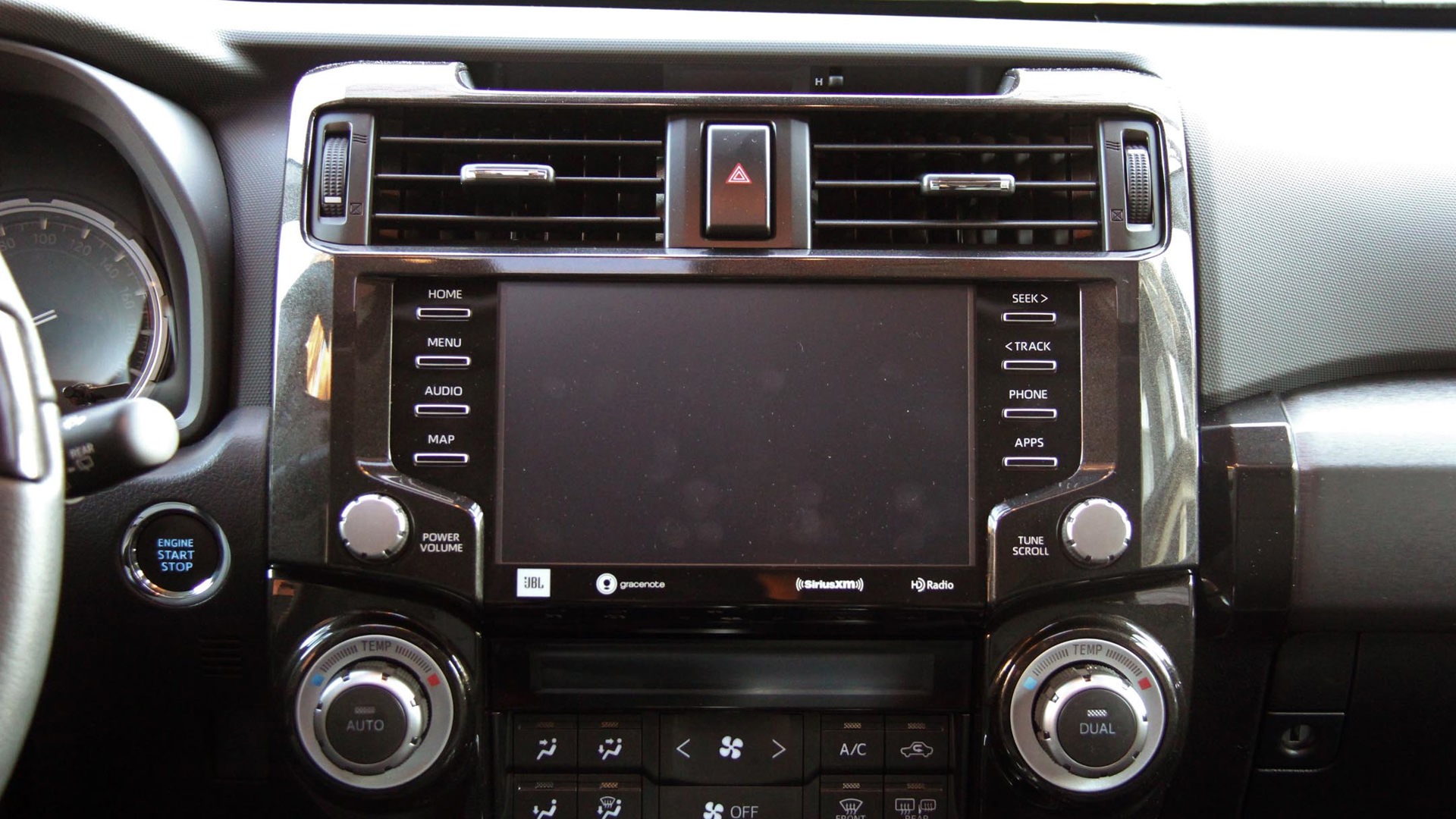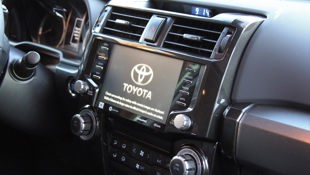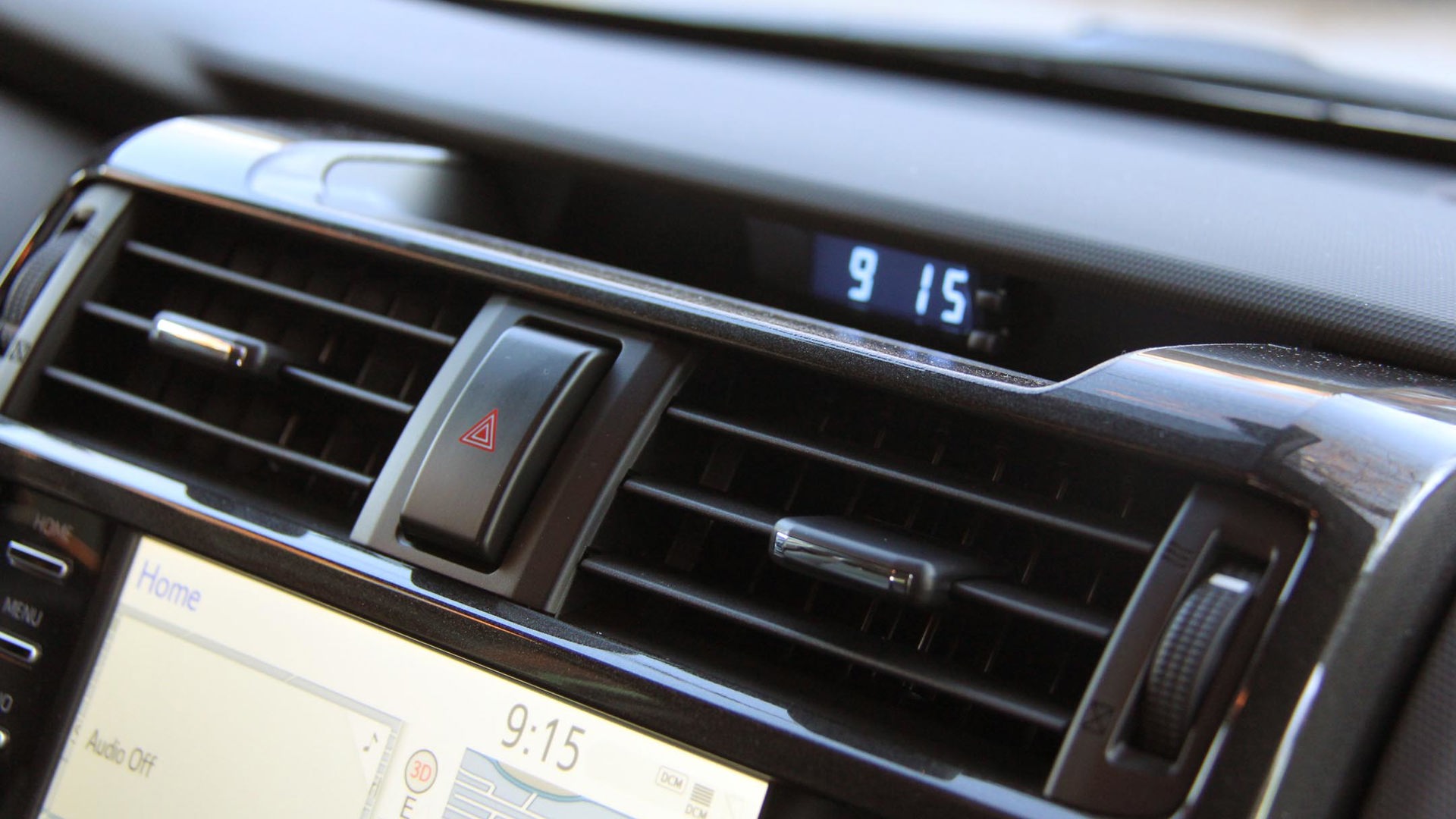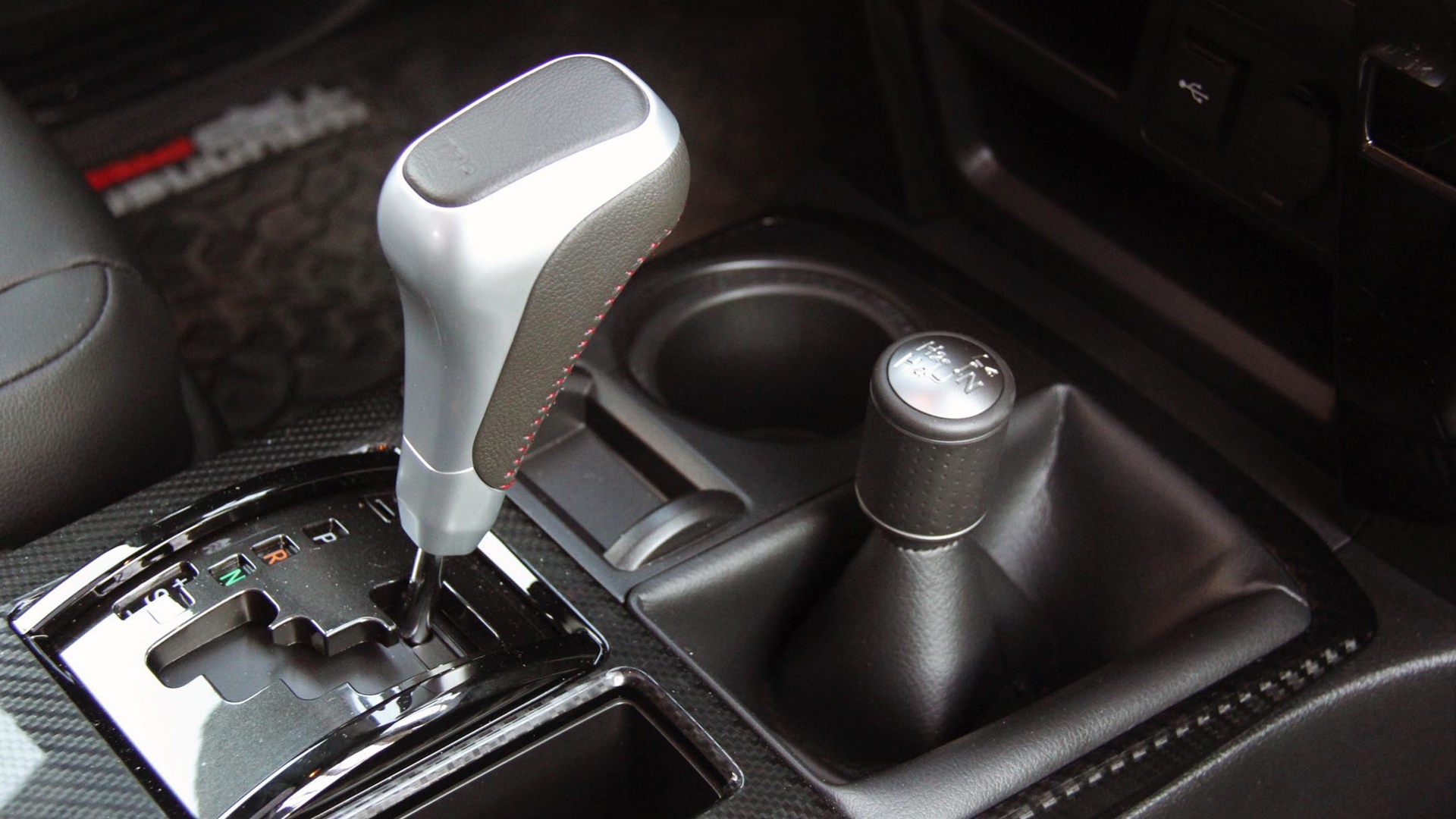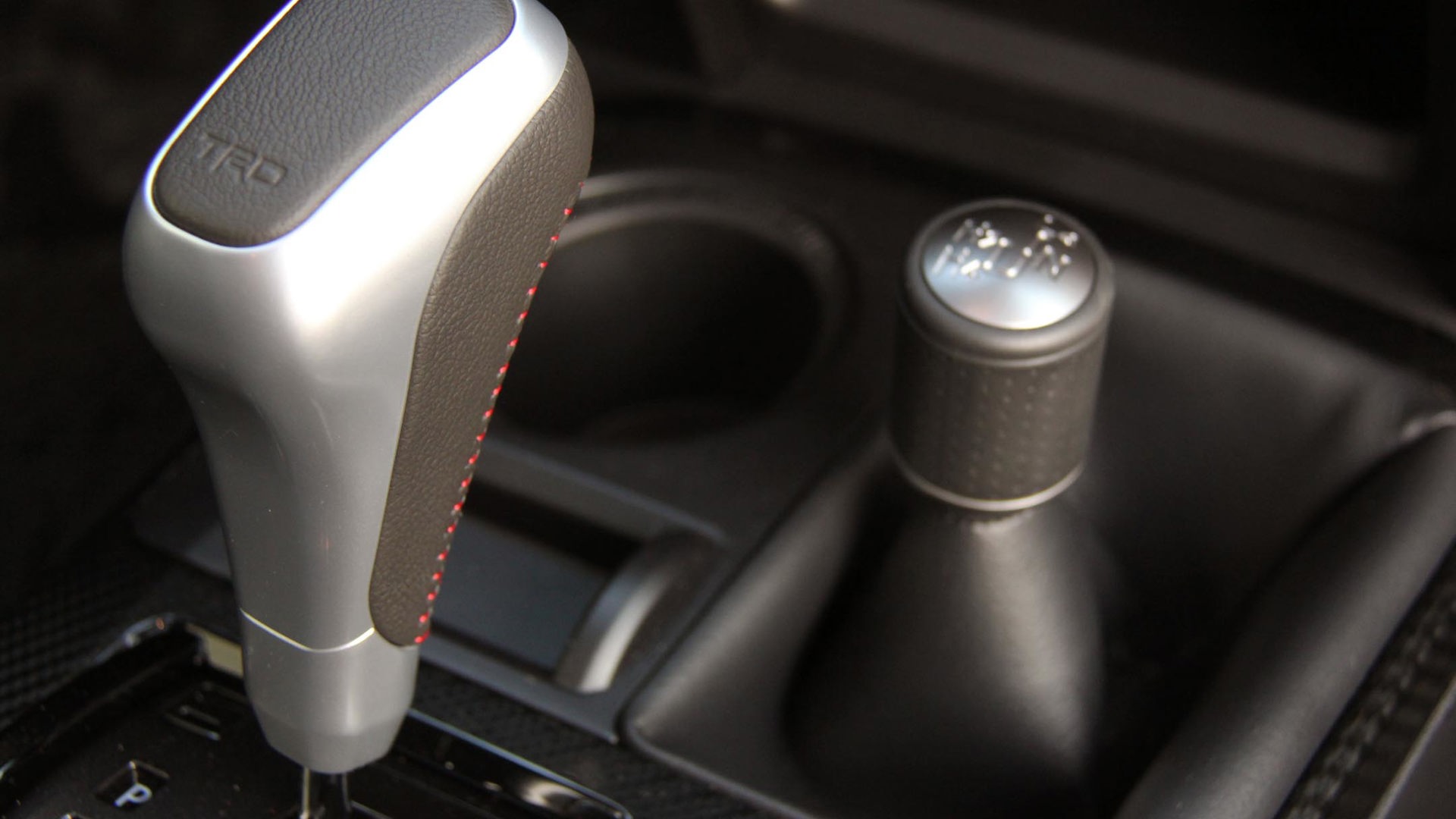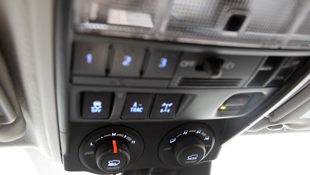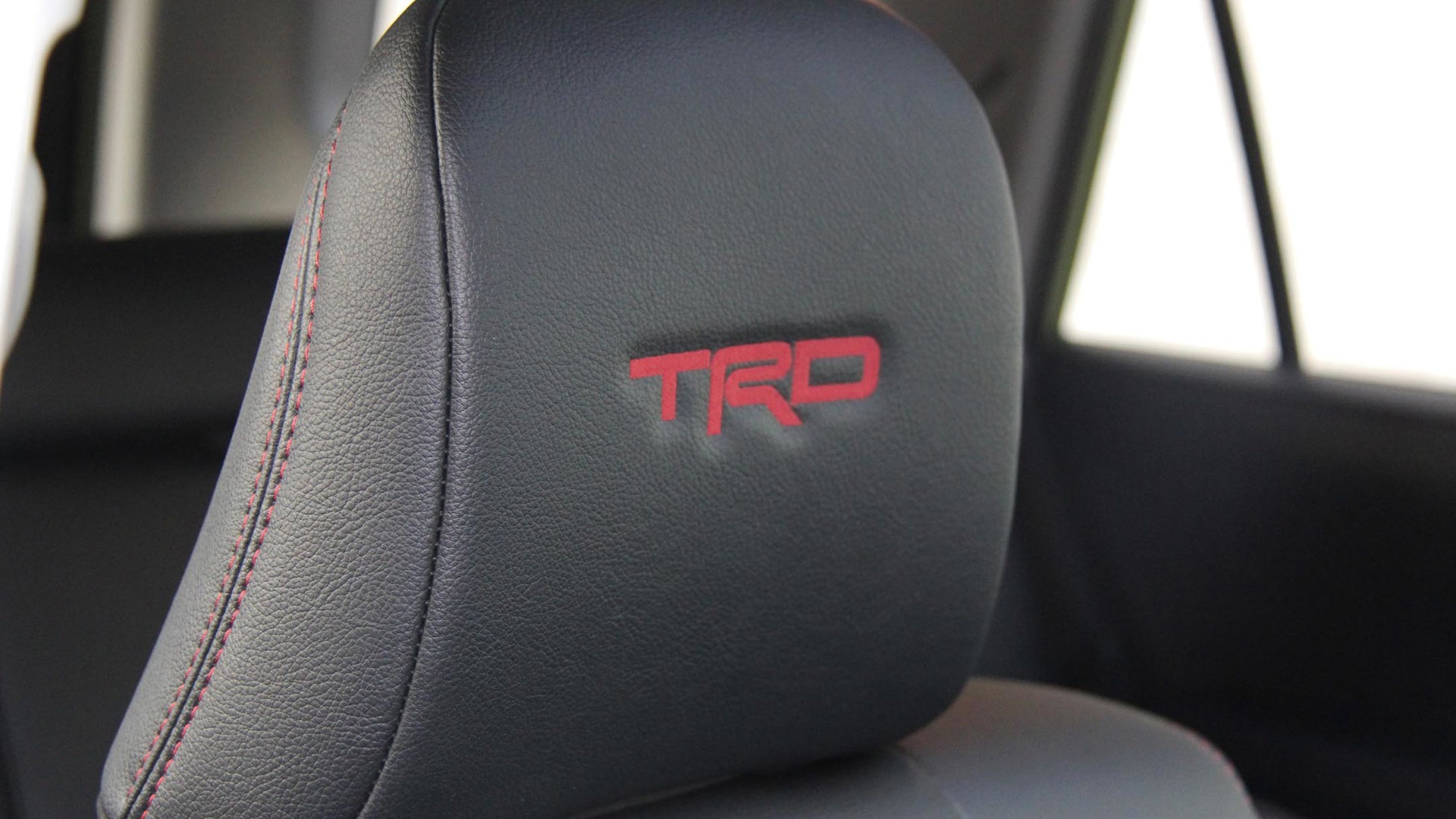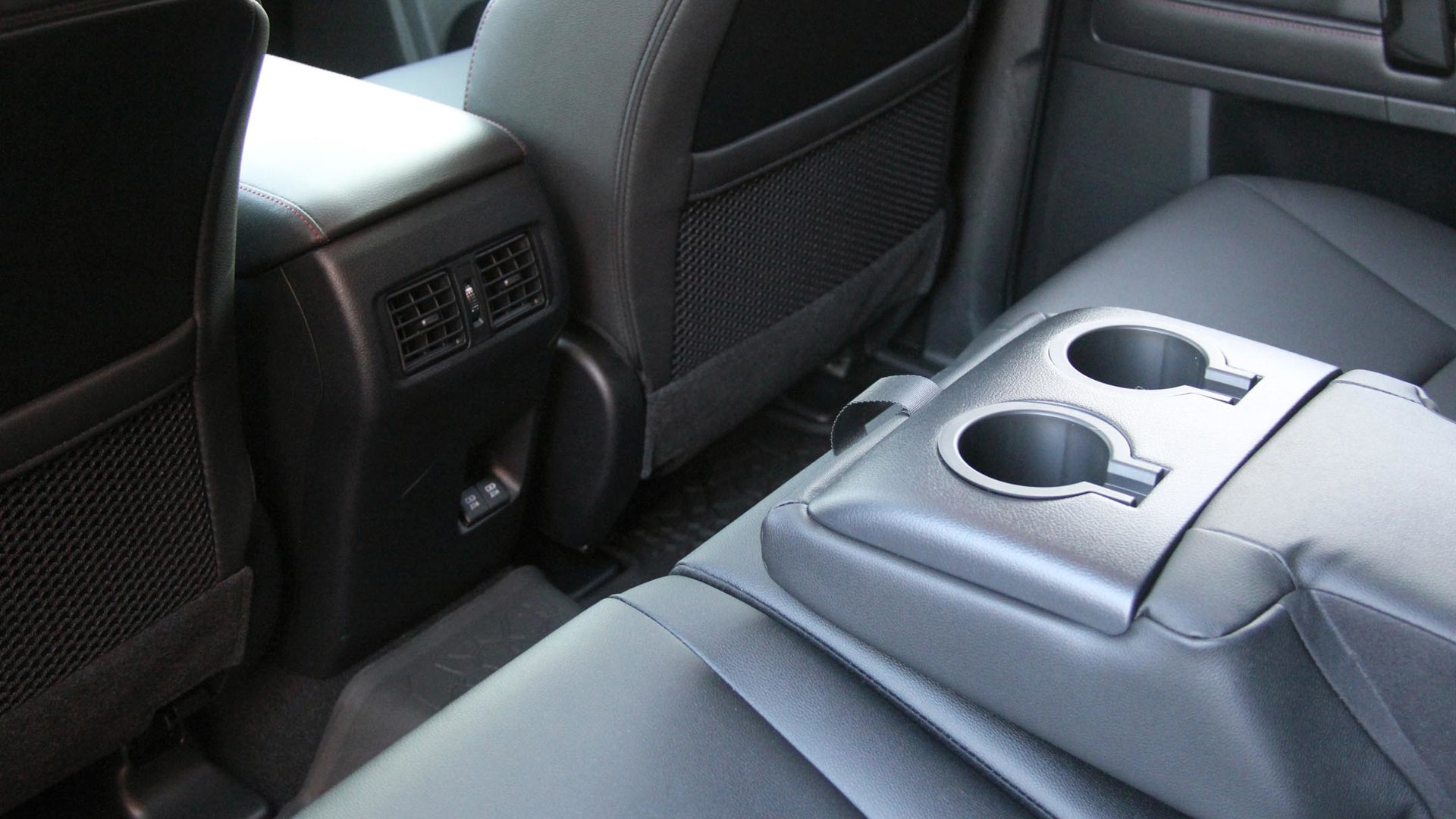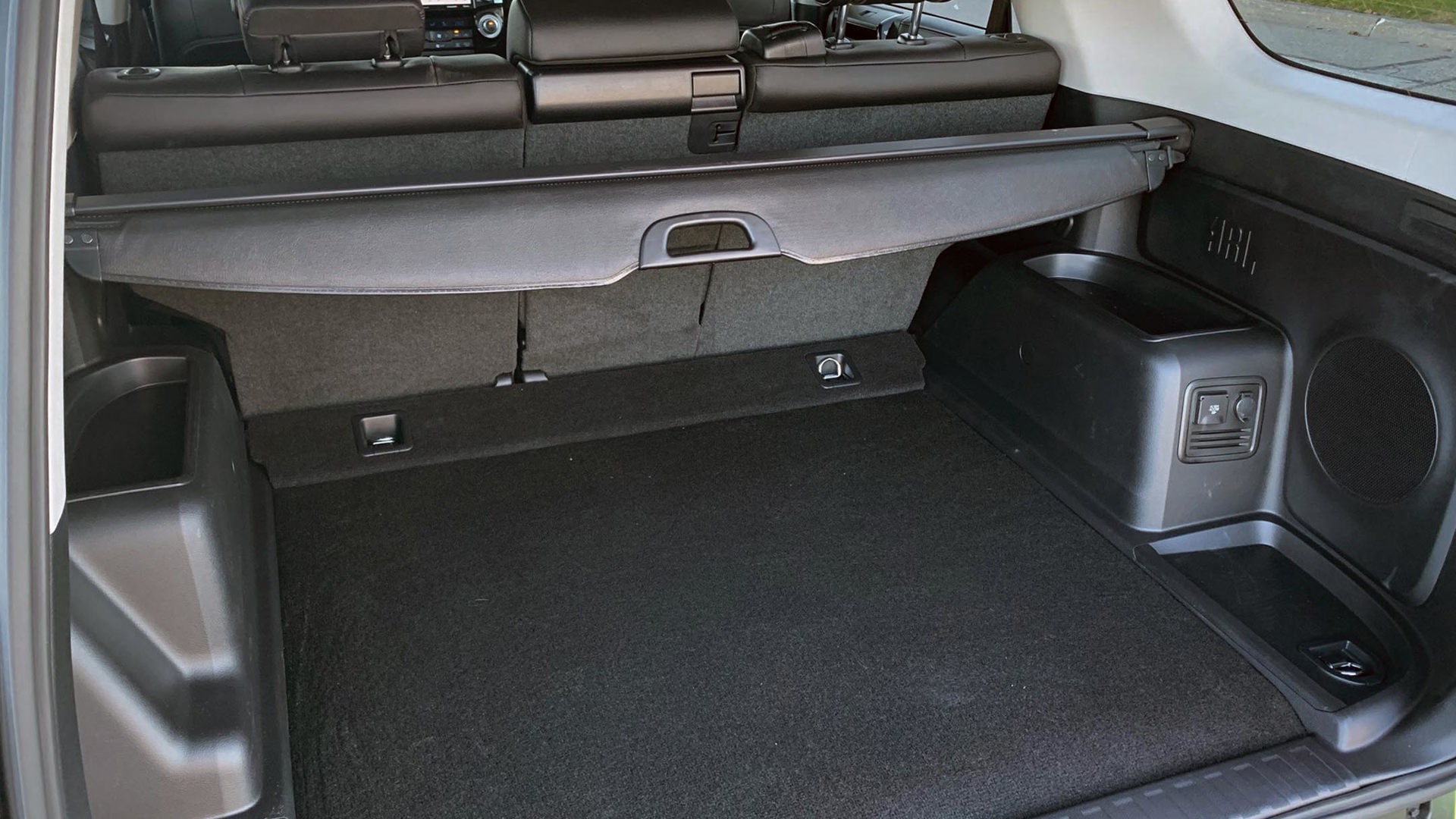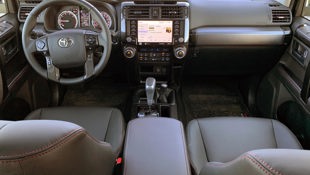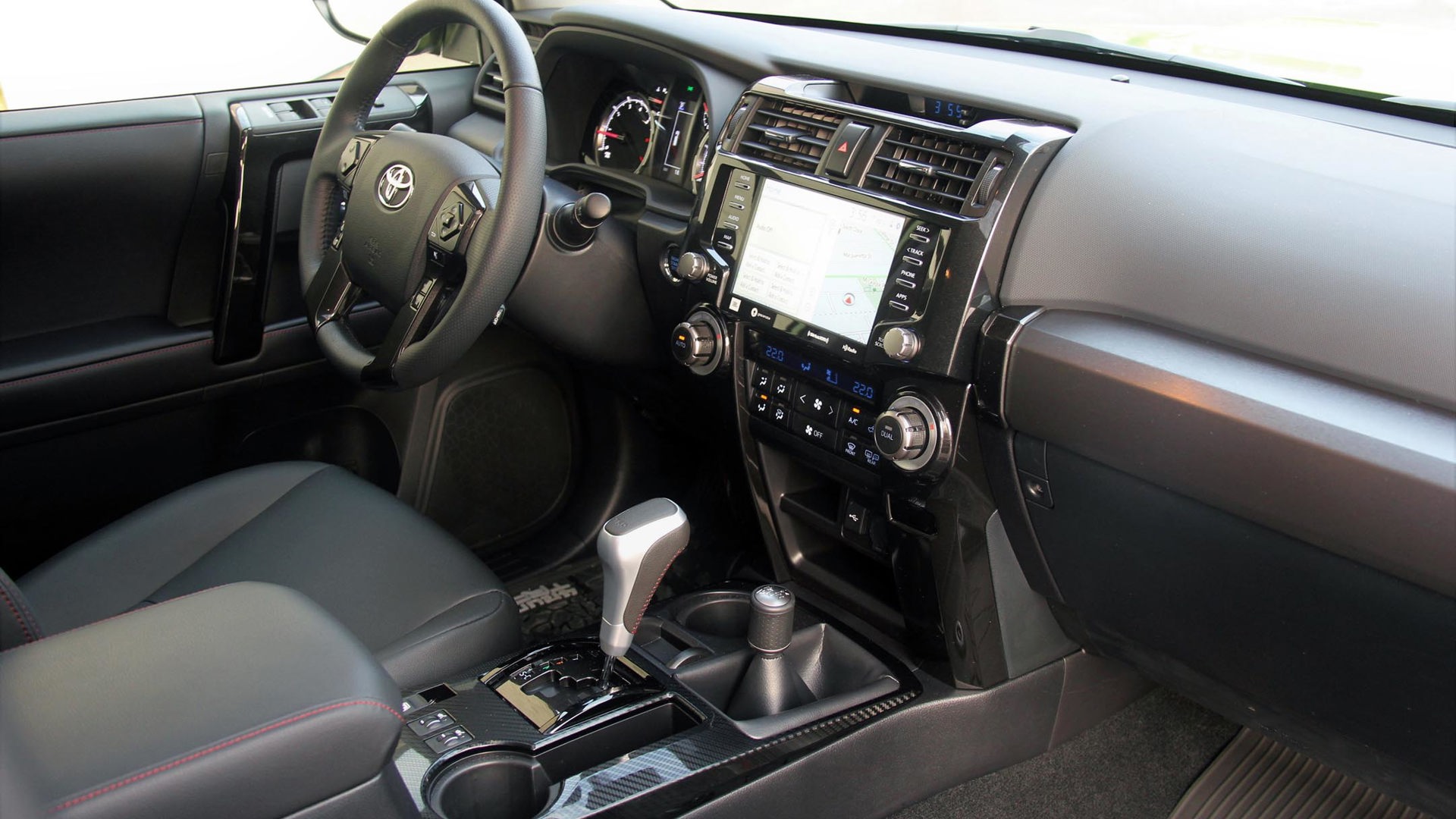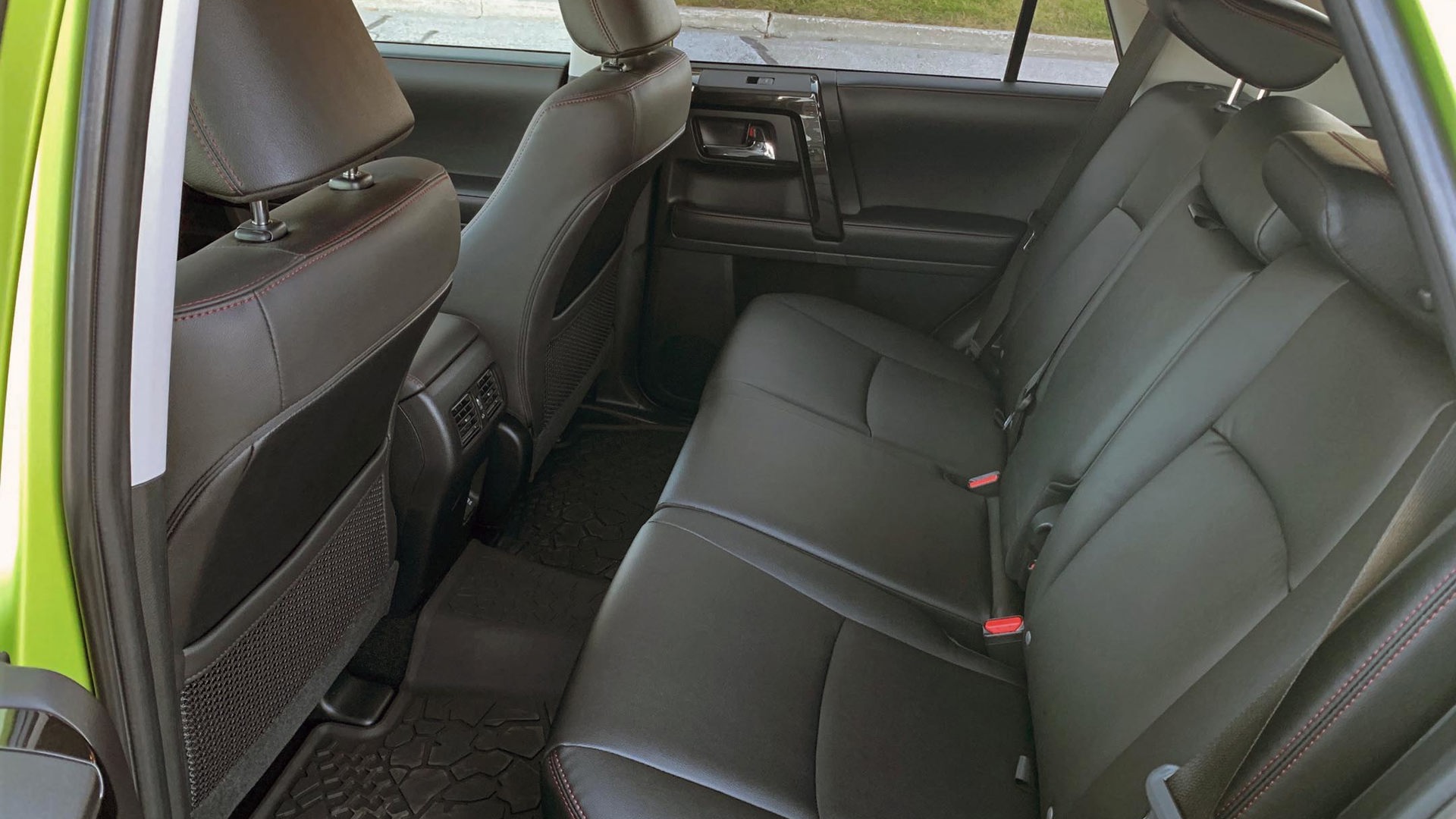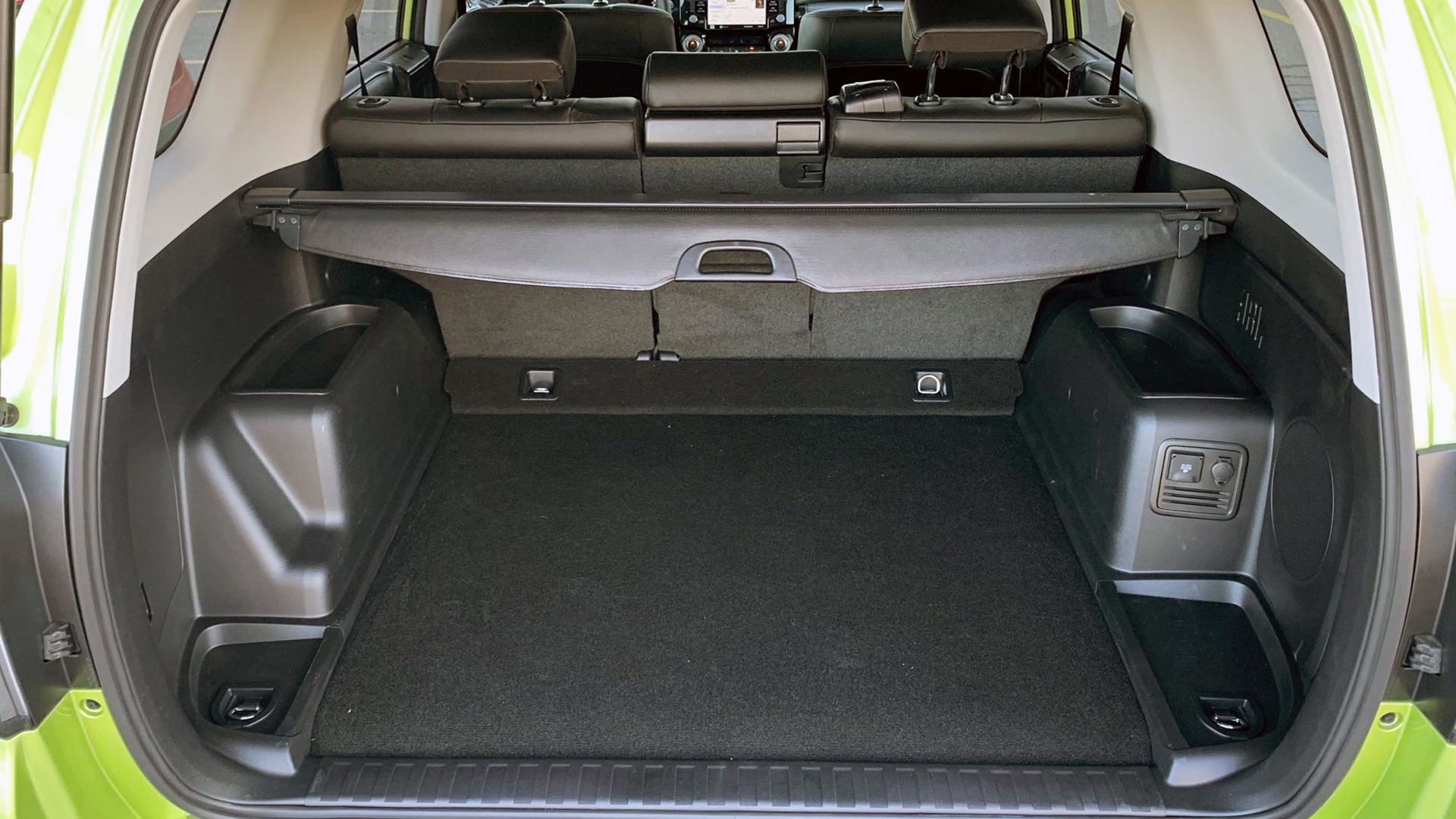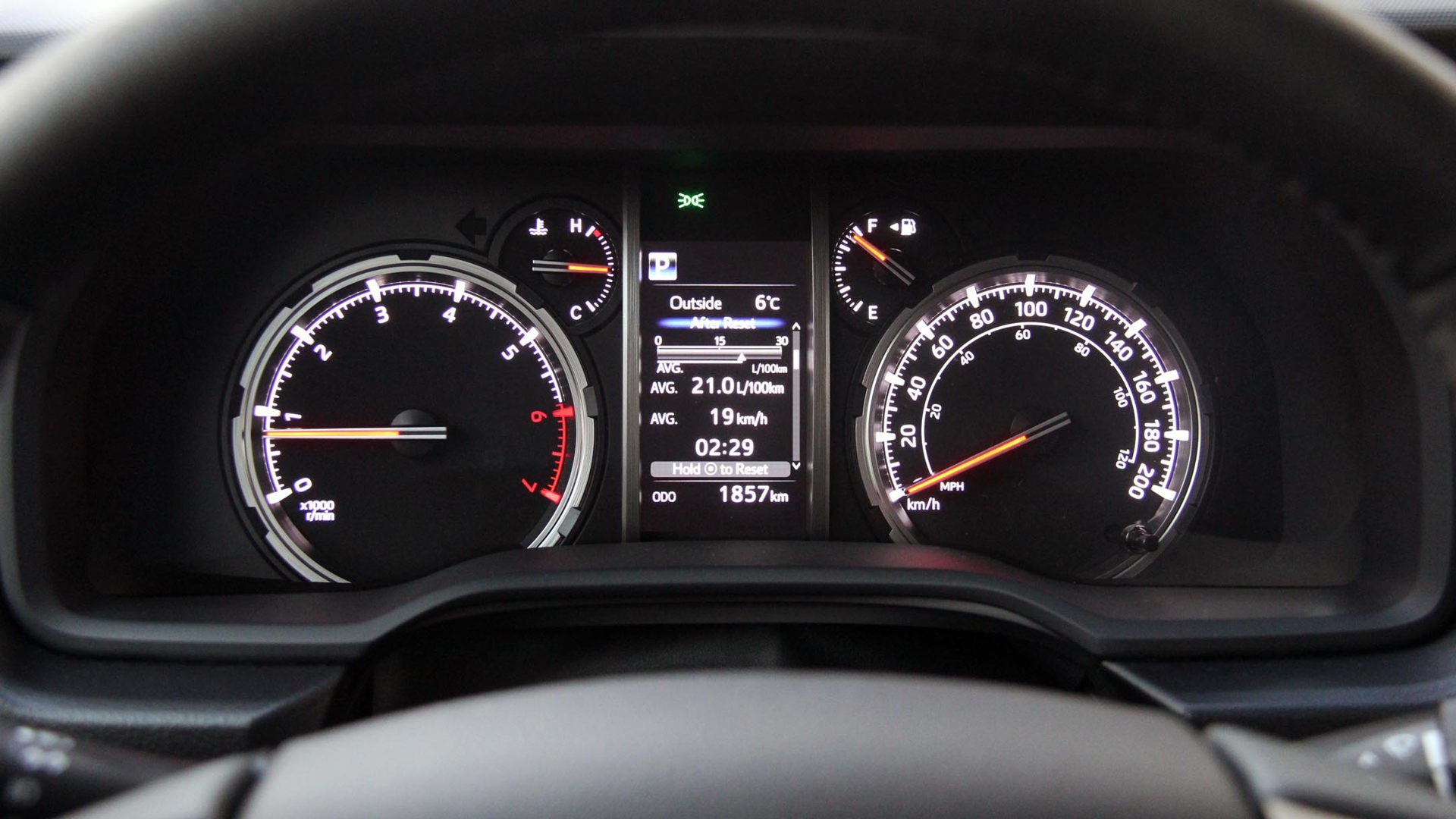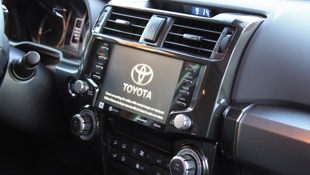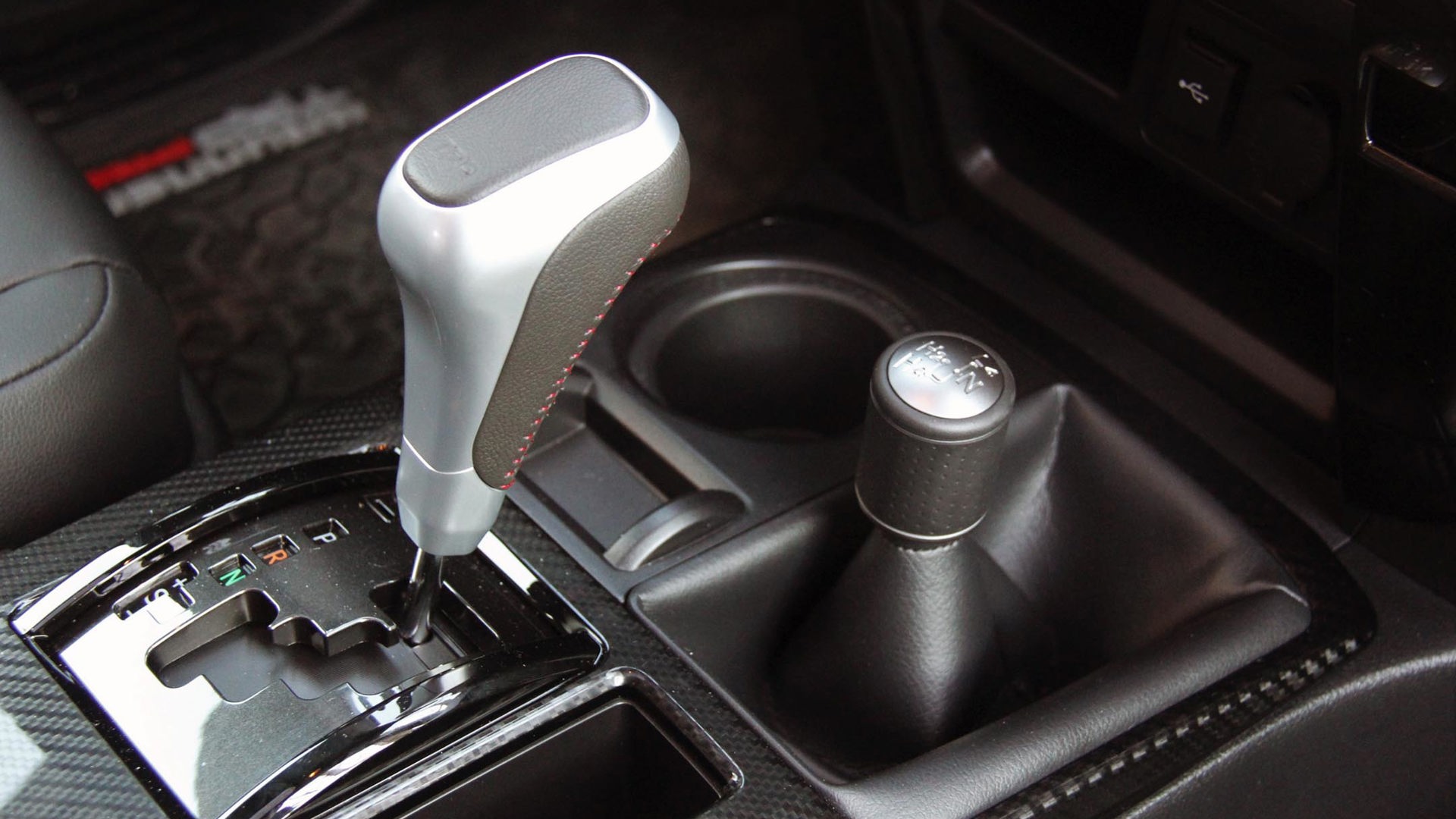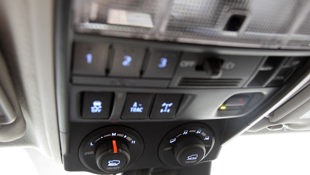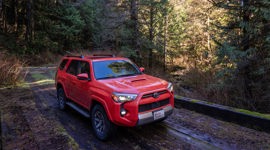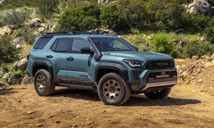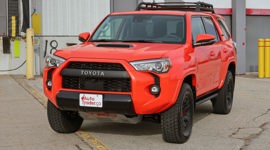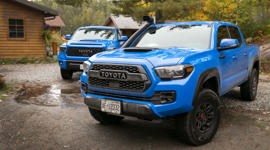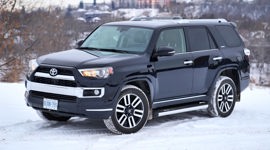 AutoTrader SCORE
AutoTrader SCORE
-
STYLING7/10
-
Safety7/10
-
PRACTICALITY9/10
-
USER-FRIENDLINESS9/10
-
FEATURES8/10
-
POWER6/10
-
COMFORT7/10
-
DRIVING FEEL7/10
-
FUEL ECONOMY6/10
-
VALUE8/10
Existing in fifth-generation form for more than a decade now, the 2022 Toyota 4Runner gets a few enhancements to stave off the signs of aging.
There are new LED headlights across the lineup, additional safety technology, and a flashy new colour for the range-topping TRD Pro trim. There’s also a new TRD Sport trim level that finds its way into the middle of the pack.
Those cross-shopping with other modern SUVs may be left wanting certain creature comforts or amenities, but the fact that it’s a familiar design on a trusted platform has its merits. In a climate where many vehicles are becoming overly complicated and automated, the 4Runner’s simplicity can be a breath of fresh air.
Styling: 7.5/10
Outfitted in the new-for-2022 Lime Rush metallic paint with a bulky roof rack, exposed skid plate, and knobby mud-terrain tires, the Toyota 4Runner TRD Pro looks like it’s ready for post-apocalyptic duty. It catches the attention of overland enthusiasts and casual observers alike. Its exterior styling hasn’t changed much, but it’s obviously working and has aged well. The interior could be described as dated, but some may take comfort in that familiarity since it’s well laid out and everything is exactly where you’d expect it to be.
The fact that both the interior and exterior design language have remained largely unchanged for over a decade may not offer much incentive to ante up for a new model if you’re driving a 4Runner newer than 2010, but you would get updated connectivity and active safety equipment. The TRD Pro also gets faux carbon fibre and brushed aluminum interior accents.
Safety: 7/10
The 4Runner may be a little long in the tooth, but it has been the recipient of some modern safety features, such as knee and side curtain airbags, blind-spot monitoring, lane-departure warning, adaptive cruise control, automatic high-beam headlights, and forward collision warning with automatic emergency braking, as well as a government-mandated back-up camera. The list of safety options isn’t as robust as some of its competitors and the features that are here aren’t as seamlessly integrated, but they do the trick.
Features: 8/10
The TRD Pro package adds dual-zone climate control, a power sunroof, built-in navigation, and upgraded audio, among others. Outside, the trim package also adds a hood scoop, TRD badging, an aluminum front skid plate, bulky roof rack, LED fog lights, a black exhaust tip, and 17-inch matte black wheels. Available colours include White, Magnetic Grey Metallic, Midnight Black Metallic, Yellow, and Lime Rush,
It also provides added off-road capability thanks to the 31.5-inch all-terrain tires, crawl control, a locking rear differential, Fox shocks, and specially tuned front coil and rear leaf springs.
User Friendliness: 9/10
Despite its rather large stature, the 4Runner is a surprisingly easy vehicle to live with. It has an impressively agile turning radius, whether navigating off-road terrain or the confines of an urban parking garage. Doors open wide to allow simple ingress and egress, and the windows provide clear sightlines.
Controls for HVAC and infotainment are refreshingly uncomplicated and straightforward. Big, chunky knobs and buttons are easy to see and use even with gloves on. It’s got a cavernous centre console and plenty of storage space in the doors. Also, its cup holders are large and easily accessible, which some manufacturers still can’t seem to figure out.
The entire vehicle offers a rugged, durable simplicity that is far too uncommon these days. The traditional analog gauges are also easy to read, with a round tachometer on one side and a speedometer on the other, with a stack of information in the middle. Infotainment is an area that can be improved upon, as it’s not as crisp and responsive as newer systems. The large tailgate features buttons to lock and unlock, but there’s no power function to open or close.
Practicality: 9/10
The 4Runner is about as practical an SUV as you can get. It provides ample seating for five (or seven), with lots of cargo room, particularly with the 40/20/40 rear seats folded flat. It also delivers the possibility of venturing off the beaten path. Boasting a 30-degree approach angle, 26-degree departure angle and a ground clearance of 244 mm (9.6 in), it also features a turning circle of 11.4 m (37.4 ft), a locking rear differential, and various off-road driving modes. The 4Runner’s 2,268-kg (5,000-lb) towing capacity is competitive within its class, allowing it to pull a small boat or camping trailer.
Comfort: 7.5/10
The 4Runner’s interior consists largely of hard but durable plastics. This TRD Pro tester featured a leather-wrapped steering wheel and synthetic leather seats. The front seating area is large and accommodating, but the second row is somewhat lacking in headroom. Occupants of the optional split-folding third row would likely be limited to children. Similarly, front seat passengers get dual climate control and heated seats, while rear passengers do not. Ventilated seats are available only with the Limited trim.
The TRD Pro’s off-road-focused suspension is compliant and forgiving on rough surfaces, but engine and road noise are substantial, especially on the highway or under load.
Power: 6/10
The lone engine offered in the 4Runner is a naturally aspirated 4.0L V6 making 270 hp and 278 lb-ft of torque. Peak power comes on just before its 6,000-rpm redline, and you’ll certainly hear it working if you apply the throttle with any enthusiasm. It’s happy to cruise around town at leisurely speeds, but its five-speed automatic transmission is slow to downshift, so merging or passing on the highway takes some forethought and will be met with a loud droning sound from the exhaust.
The similarly off-road-focused Jeep Wrangler is available with either six-speed manual or eight-speed automatic transmissions, along with a wide spectrum of engine options, including a turbocharged four-cylinder and a plug-in hybrid powertrain, while the Ford Bronco can be had with the choice of two engines and transmissions.
Driving Feel: 7/10
That the body-on-frame 4Runner drives like a truck may deter some shoppers, but it could be refreshing to others. In our current climate of smooth, luxurious SUVs that drive like cars, the 4Runner continues on a more traditional, rugged path. It provides the sensation of being premium, but not luxury. It has been updated in many ways but is still clearly reminiscent of its predecessors. Unlike many new SUVs that offer electronic shifters that only require gentle inputs, the 4Runner feels robust. Its switchgear and four-wheel drive shift lever requires effort as they engage with tangible, satisfying clunks.
The 4Runner feels well planted and substantial, with limited body roll that’s only exhibited when pushed beyond limits it would normally experience. Hydraulic power steering offers both more weight and feel than most modern electronic systems. Road noise is evident in the cabin, particularly on the highway with the TRD Pro’s big roof rack.
Fuel Economy: 6.5/10
Natural Resources Canada (NRCan) figures for the Toyota 4Runner are 14.8 L/100 km in the city and 12.5 on the highway for a combined rating of 13.8. That’s better than the 17.3 L/100 km it curbed during testing across urban, rural, and highway driving.
Value: 8/10
Both the Ford Bronco and Jeep Wrangler offer more off-road capability and modern infotainment, as well as longer option lists and more drivetrain configurations, but they can also be a lot more expensive. The 4Runner starts at a relatively approachable $49,140 before tax but with its $1,890 freight charge included.
The TRD Pro’s $67,440 price tag may seem steep, but it also comes fitted with all kinds of off-road goodies. Its styling may be old and it may not have the cool factor of being able to easily remove the roof and doors, but it still has an undeniable presence.
The Verdict
What the Toyota 4Runner has going for it is time-tested functionality, simplicity, and durability. If you’re in search of a rugged body-on-frame SUV that’s capable of moderate off-road duty and aren’t deterred by the limitations of an aging powertrain, or the inability to easily remove the roof and doors, the 4Runner may just suit your needs. You’d also be getting legendary Toyota reliability and strong resale value, which shouldn’t be disregarded.
| Engine Displacement | 4.0L |
|---|---|
| Engine Cylinders | V6 |
| Peak Horsepower | 270 hp @ 5,600 rpm |
| Peak Torque | 278 lb-ft @ 4,400 rpm |
| Fuel Economy | 14.8 / 12.5 / 13.8 L/100 km cty/hwy/cmb |
| Cargo Space | 1,311 / 2,514 L seats down |
| Model Tested | 2022 Toyota 4Runner TRD Pro |
| Base Price | $65,250 |
| A/C Tax | $100 |
| Destination Fee | $1,860 |
| Price as Tested | $67,210 |
|
Optional Equipment
None
|
|
